[Second of three articles about Don’s process and why it’s enjoyable.]
Say goodbye to Wallowing (see previous blog), it’s now time to focus on details, specifics, and practicalities.
********
Details matter. To produce a product, you need a plan that specifies everything about the design and how it will be manufactured, marketed, and distributed. A gazillion details about materials, colors, sizes, weights, costs, boxes, palettes, containers, inventory management, product codes, and more.
Details are fun. One reason is that if you get these details right, a beautiful and useful thing will exist where there was previously only a fuzzy idea. That’s a kick.
For me, there are other delights along the way.
*******

Leverage. I love the fact that I can design one and produce many. There are artists who prefer making one unique item, but I’ve always been attracted to the efficiency of using machines to help produce a batch of something. On the whole, I think the Industrial Revolution was a good thing. I use Kickstarter because it makes a production run possible by aligning supporters before the production wheels start to turn. The more supporters there are, the more the wheels can turn.
*******

Web of mystery. Few of the decisions you make about your product are isolated. Almost everything is connected to something else in a complex web of dependencies. Often the connections aren’t obvious so you need to figure them out like a detective in a mystery story. Playing detective can be fun.
Sometimes, you can spot a connection and exploit it to improve efficiency.For example, you might be able to eliminate a label by printing a message directly on a box while the box is being produced. Nice.
But far more often, hidden connections are sources of unexpected trouble.
An example
Imagine that I’ve decided to add a small bonus gift inside the package. That seems harmless.
But if I play detective, I discover that it requires a change to the design of the shipping box to prevent the bonus from slipping out in transit. That means a change is needed from a standard box to a tailored design. The new box design is going to take longer and weigh more. Because the package is just slightly heavier, it now jumps into the next postage rate which costs significantly more. And if I end up with two versions of the box—one with the bonus and one without—I will need another inventory tracking number, more storage space at the fulfillment center, another version of product labels, and three versions of the shipping confirmation email.
Because this new complexity means some mistakes will inevitably be made by the fulfillment team, more time is going to be needed to clean up messes and send apologies. A simple “enhancement” turns out to be a web of misery, delays, and expenses that weren’t budgeted. Yikes!
Playing detective and uncovering the hidden relationships requires a mix of optimism and skepticism. The optimist thinks things could be better and the skeptic thinks there are hidden dangers everywhere. You need a bit of both and both can be gratifying. There is pleasure in making things better, but there is also delight in avoiding a fiasco.
********

Insidious drift.
It can take a long time to resolve all the details of a project. It could easily take a year. During that time, there is a real danger of losing sight of the big idea. People who haven’t experienced this problem have a hard time believing it could happen to them. But it does. This isn’t just true of Kickstarter projects. It happens to product development teams everywhere.
Month after month, to move the project forward, you make tradeoffs and compromises. By the time you’re done, the magic of the original idea has faded or gotten lost. The final project can become a pathetic ghost of the original idea.
I know two ways to resist this. First,keep a clear definition of your goal in front of you during these long months and review it often.
Second, aim a little too high. At the start, make your expectations lofty. Don’t start compromising your vision on the first day. Over time, goals naturally tend to slip down. They don’t spontaneously slide up. So it is smart to define excellence a little on the high side initially.
********

Verify.
One final thought about working on details. Verify.
Your production partners will make many promises about processes, quality, schedule, and costs. They will offer logical and plausible explanations about what is going to happen and you will be tempted to believe them. But explanations and promises are not reality. You should verify.
Plan on inspecting prototypes, pre-production proofs, and samples of everything. If you trust that some detail is probably right without confirming it, fate will rebuke you with astonishing swiftness.
********
Grinding through the details of a project is work, but it also includes some delights. The biggest one is that if you get the details right, a thing will exist where there was initially only an idea. That’s a thrill.
Don
[Next, thoughts about the fun of feedback.]


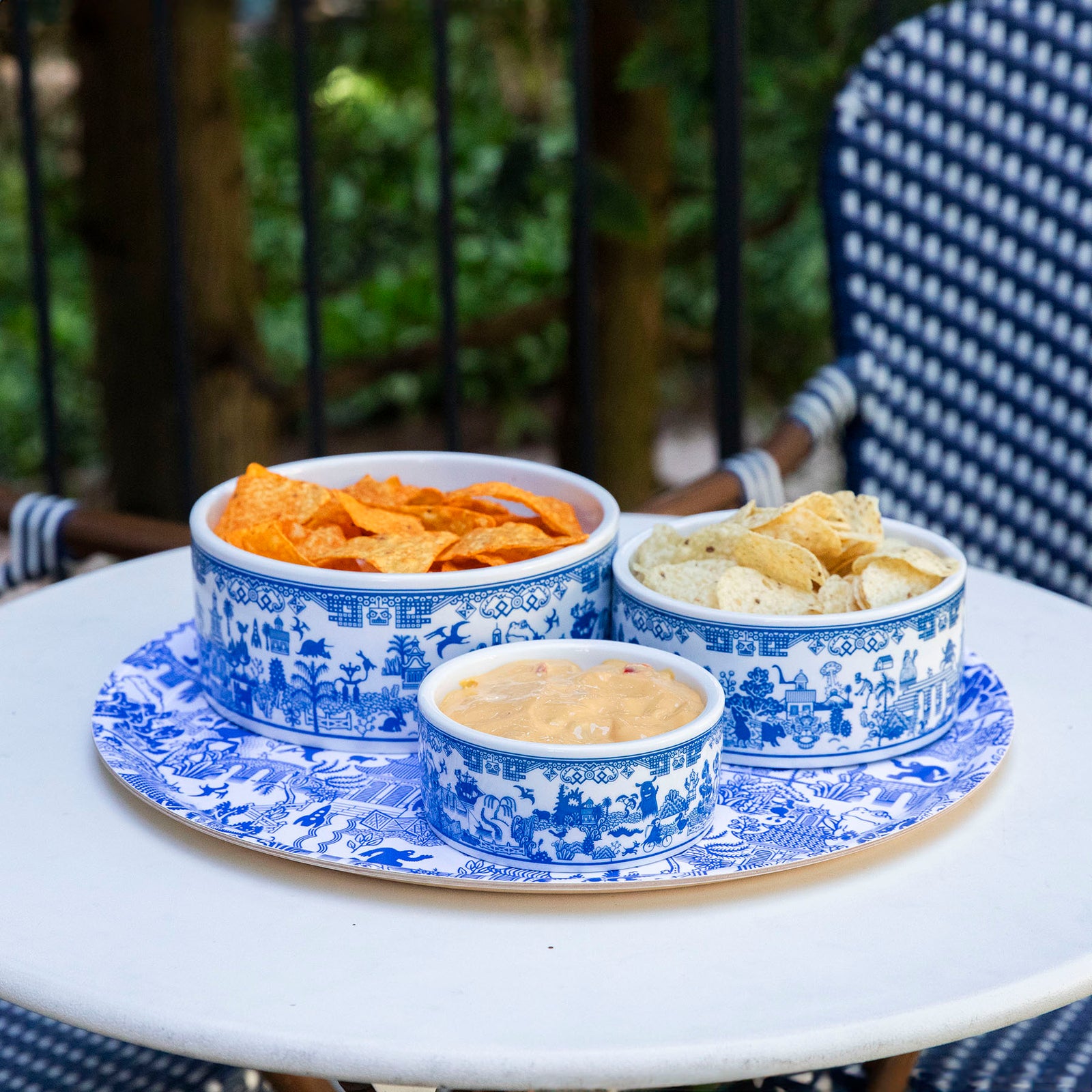
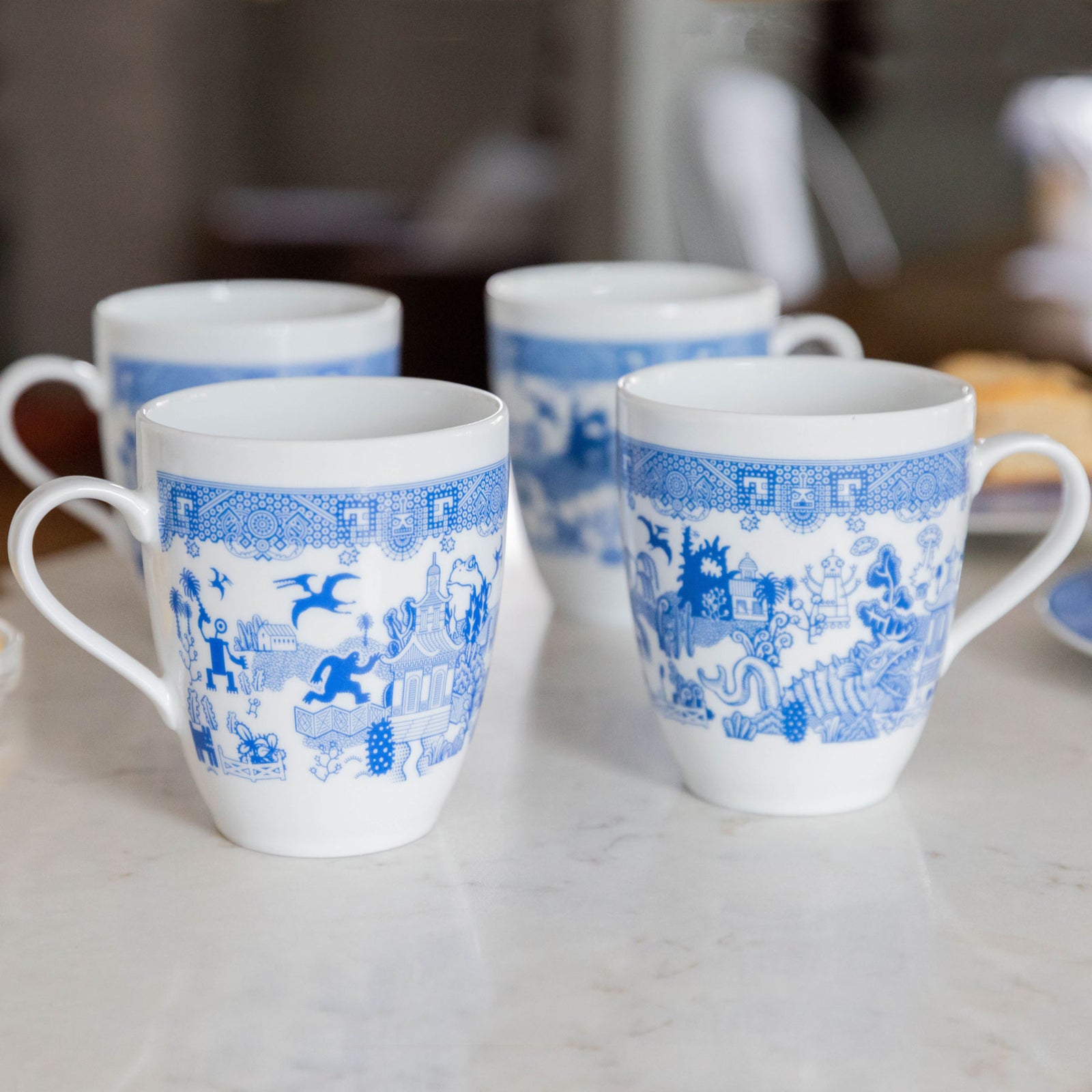
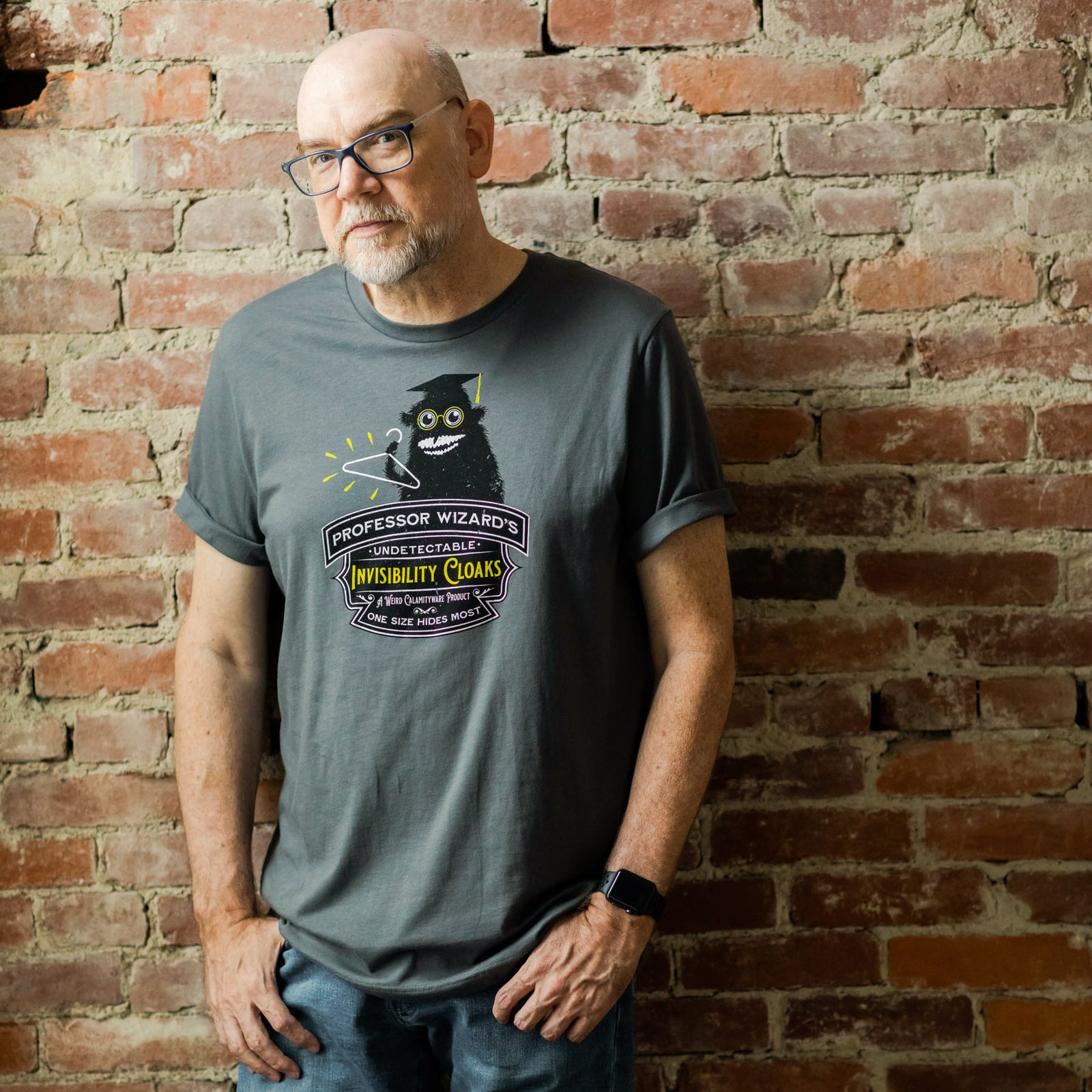
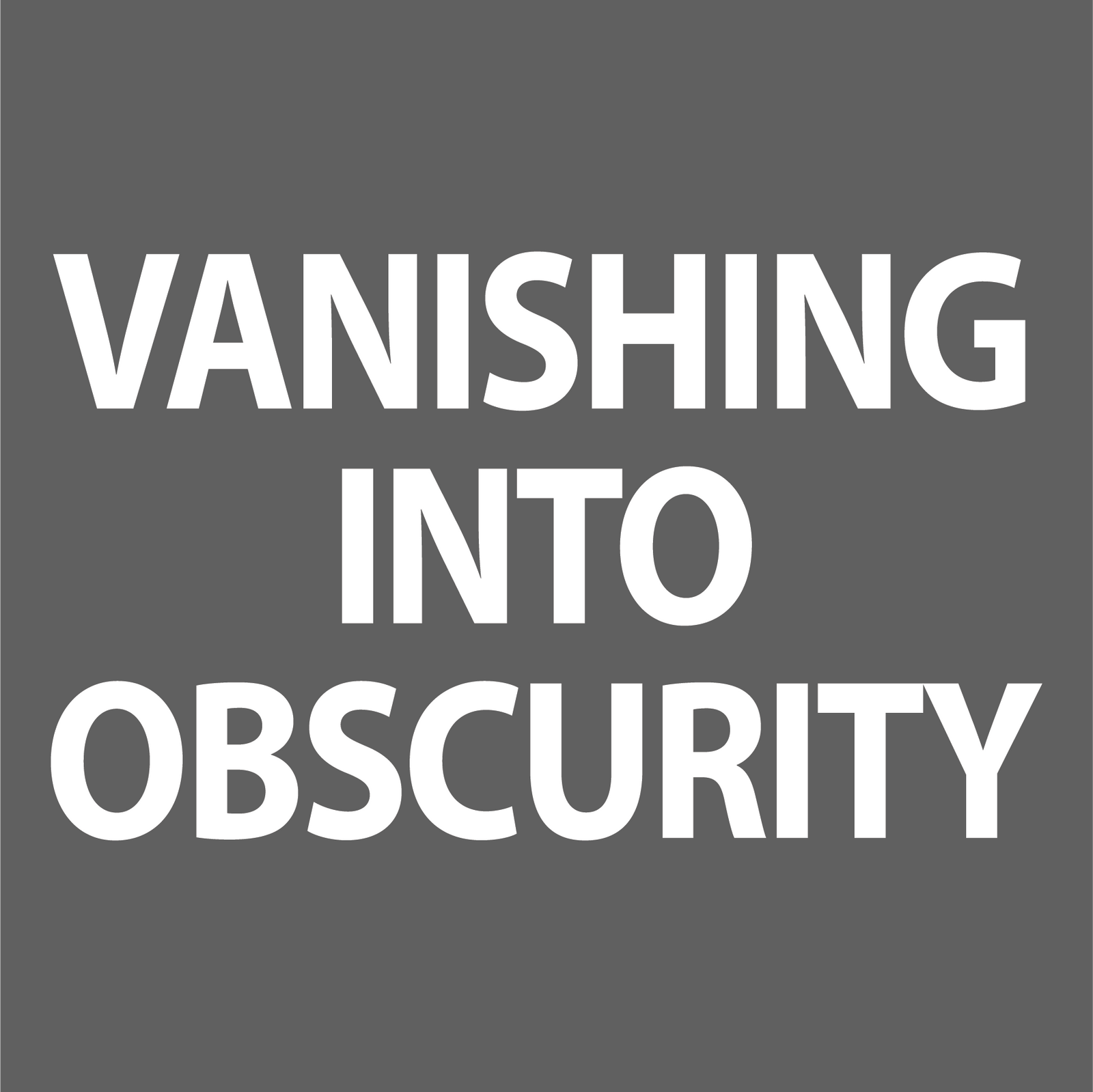

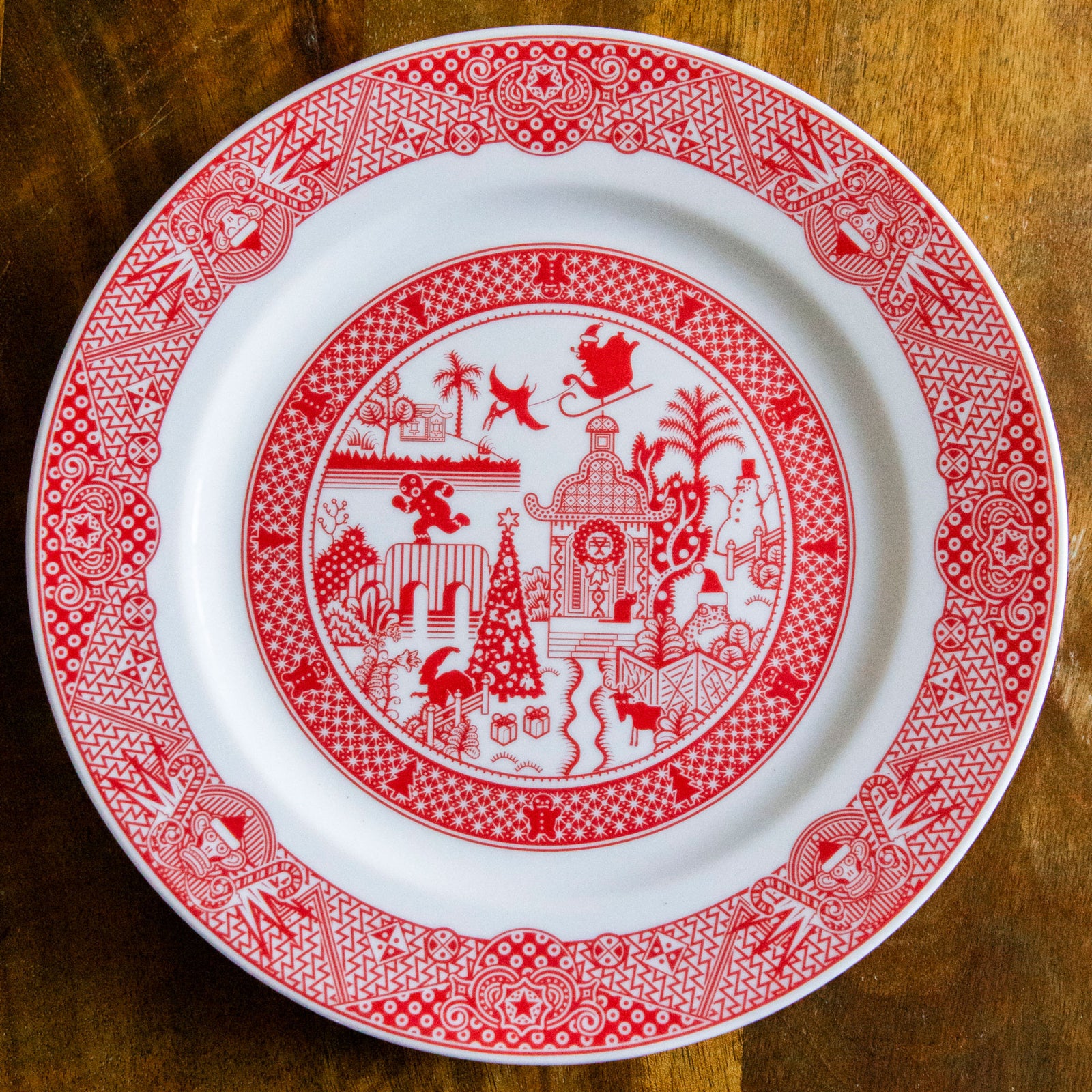

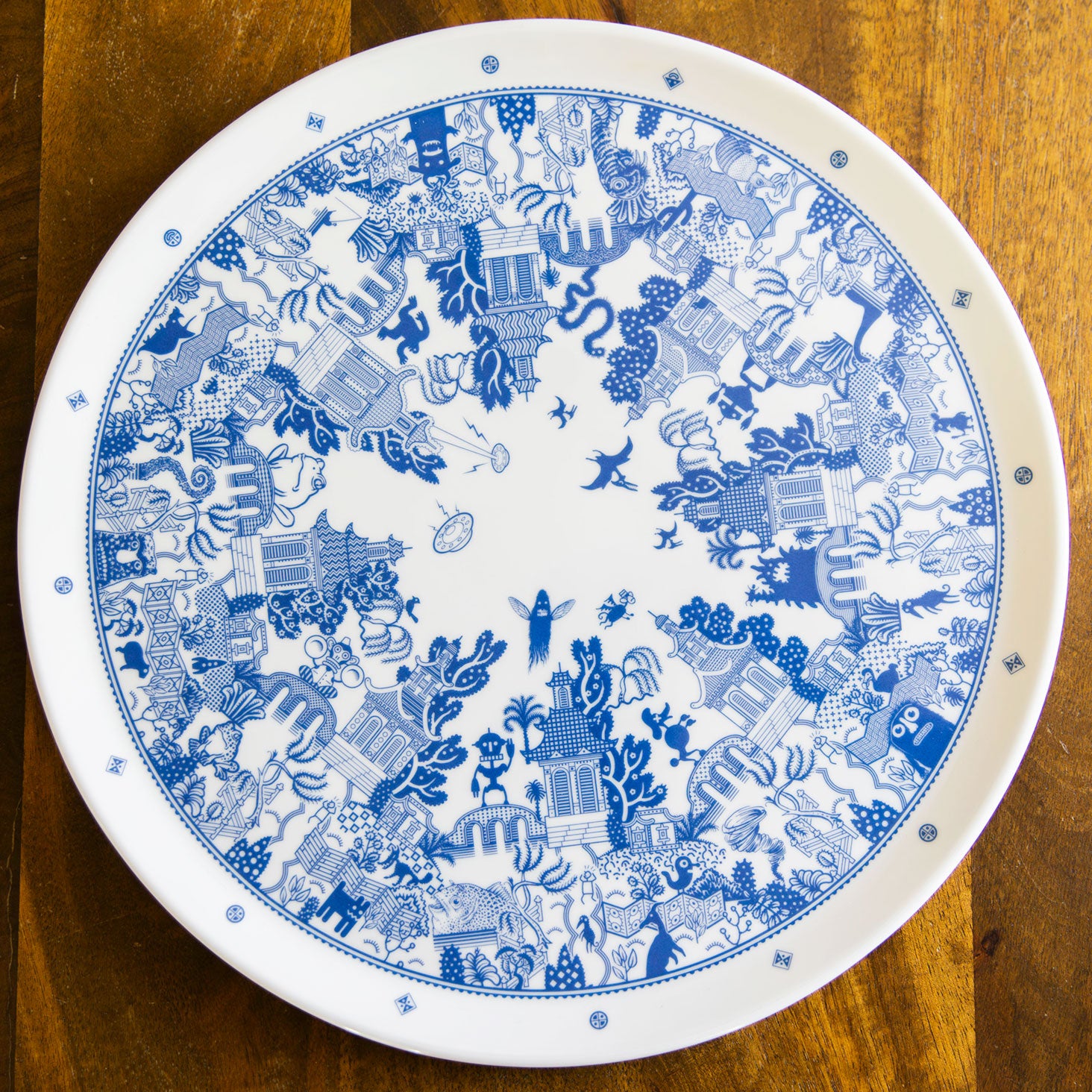
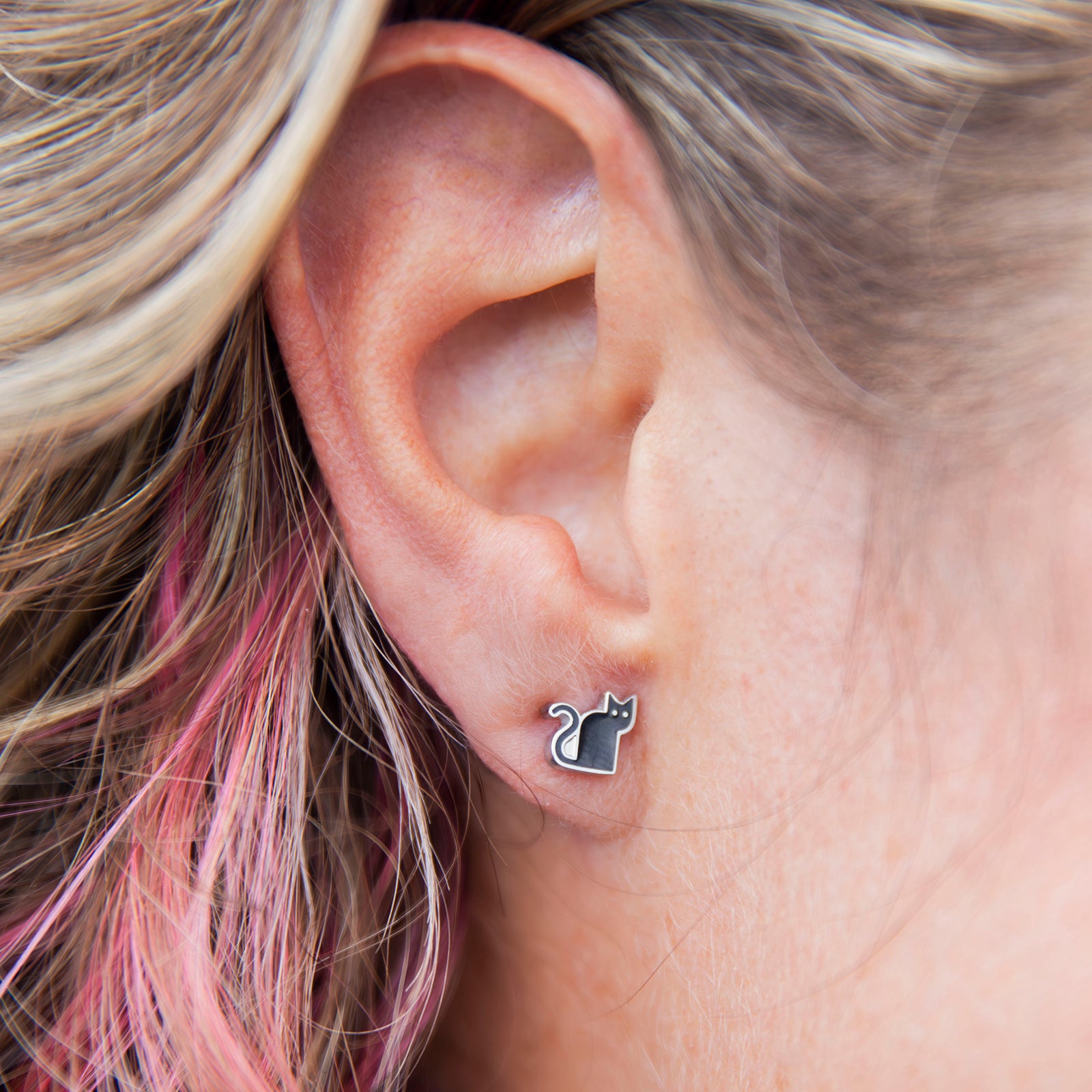
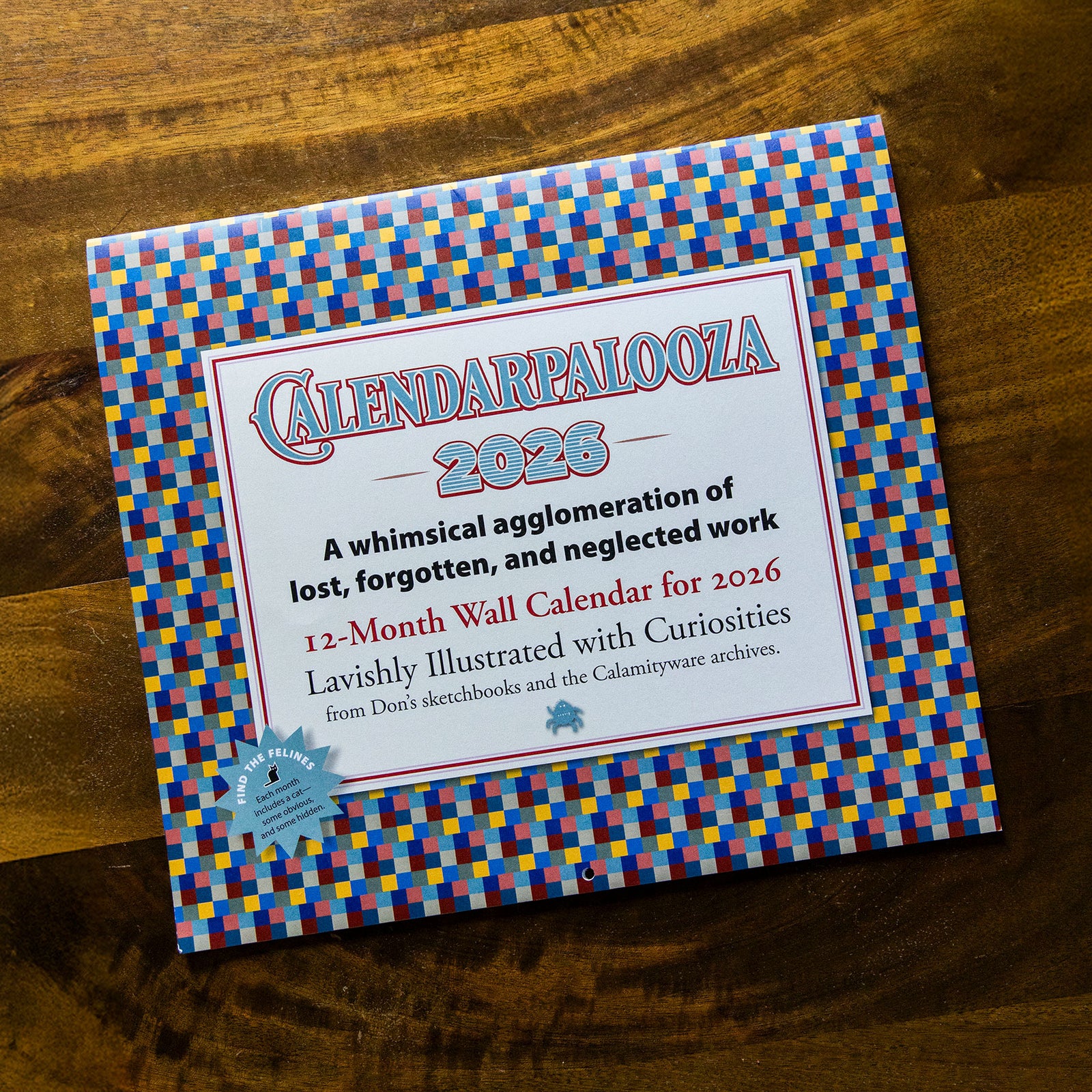
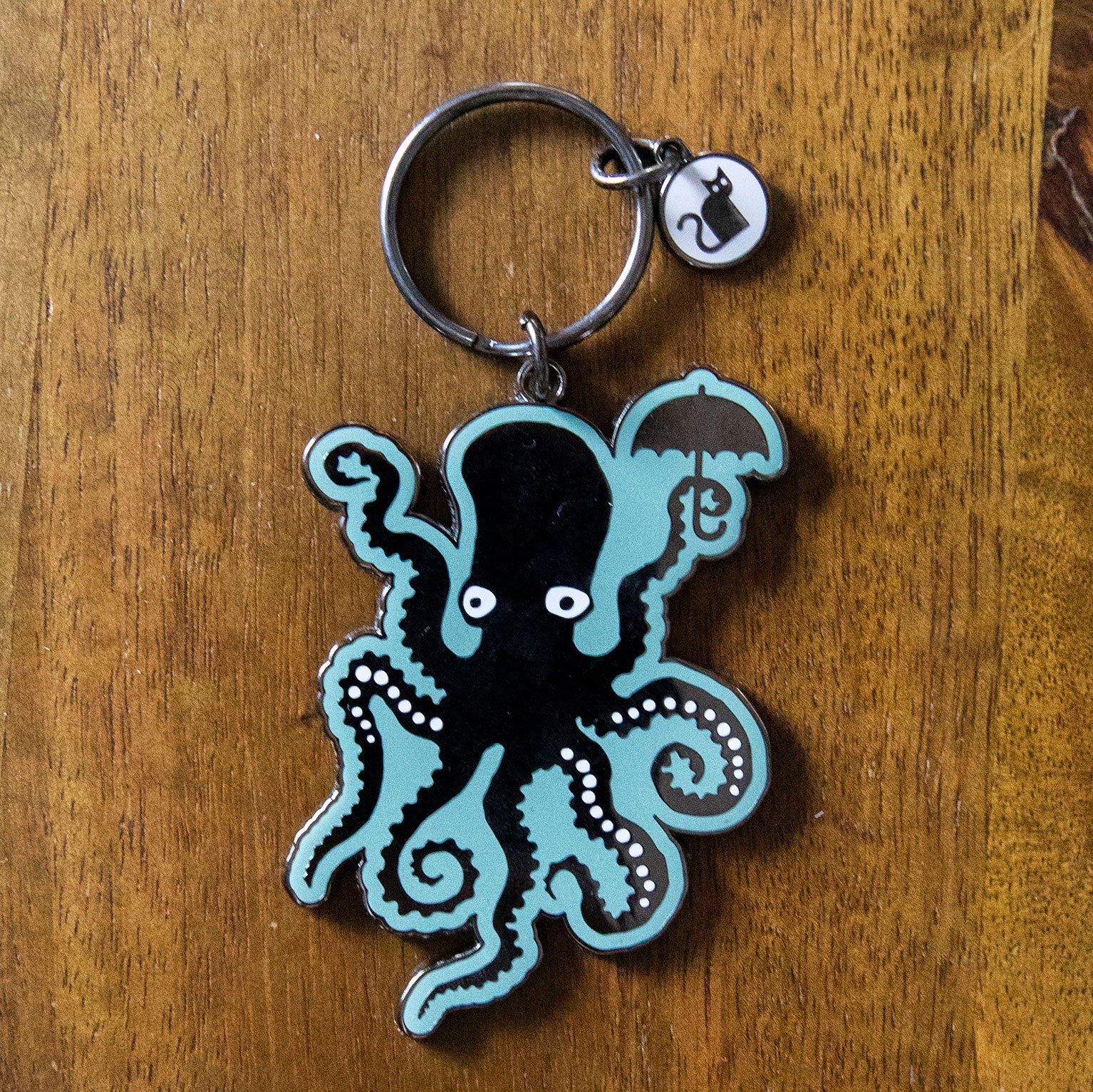
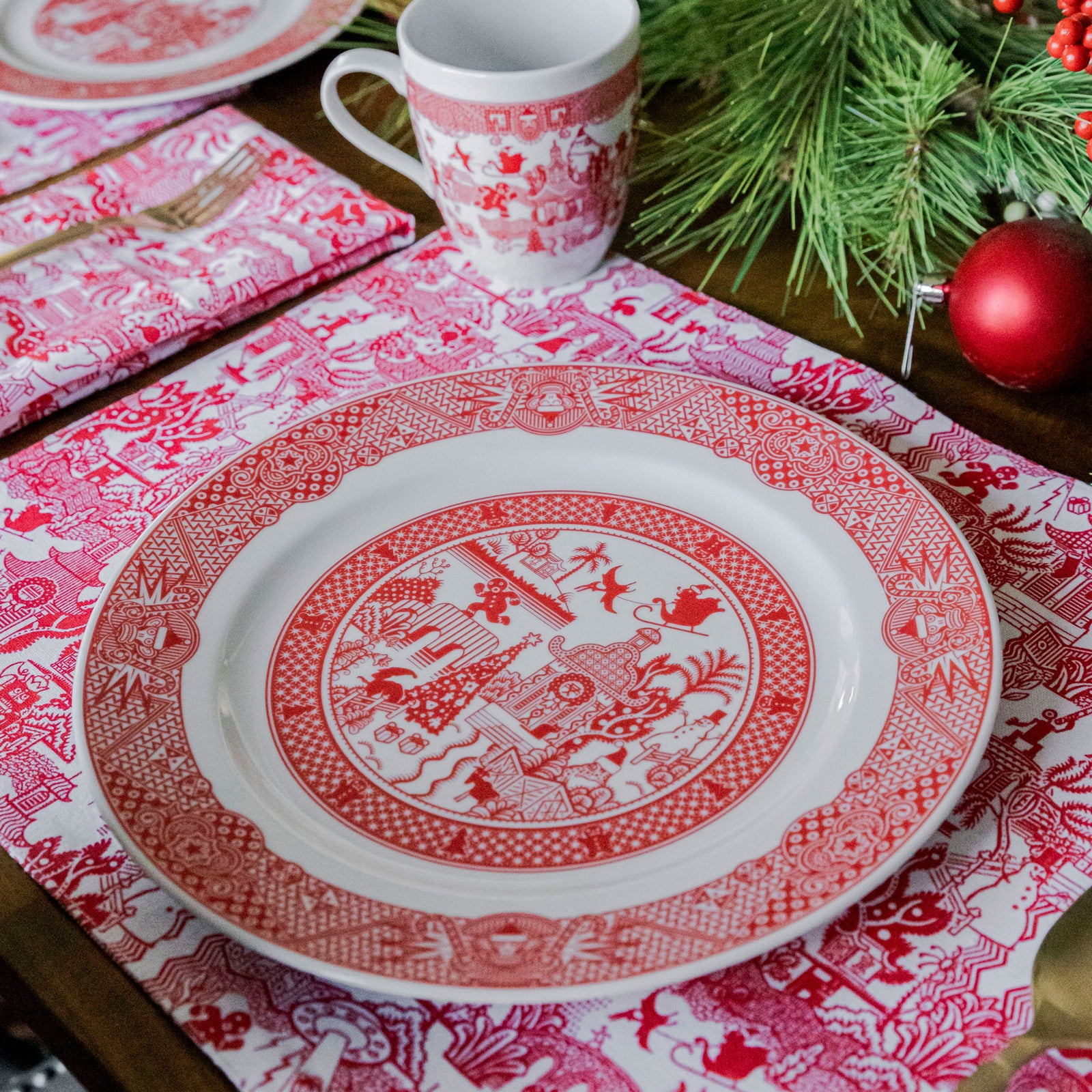
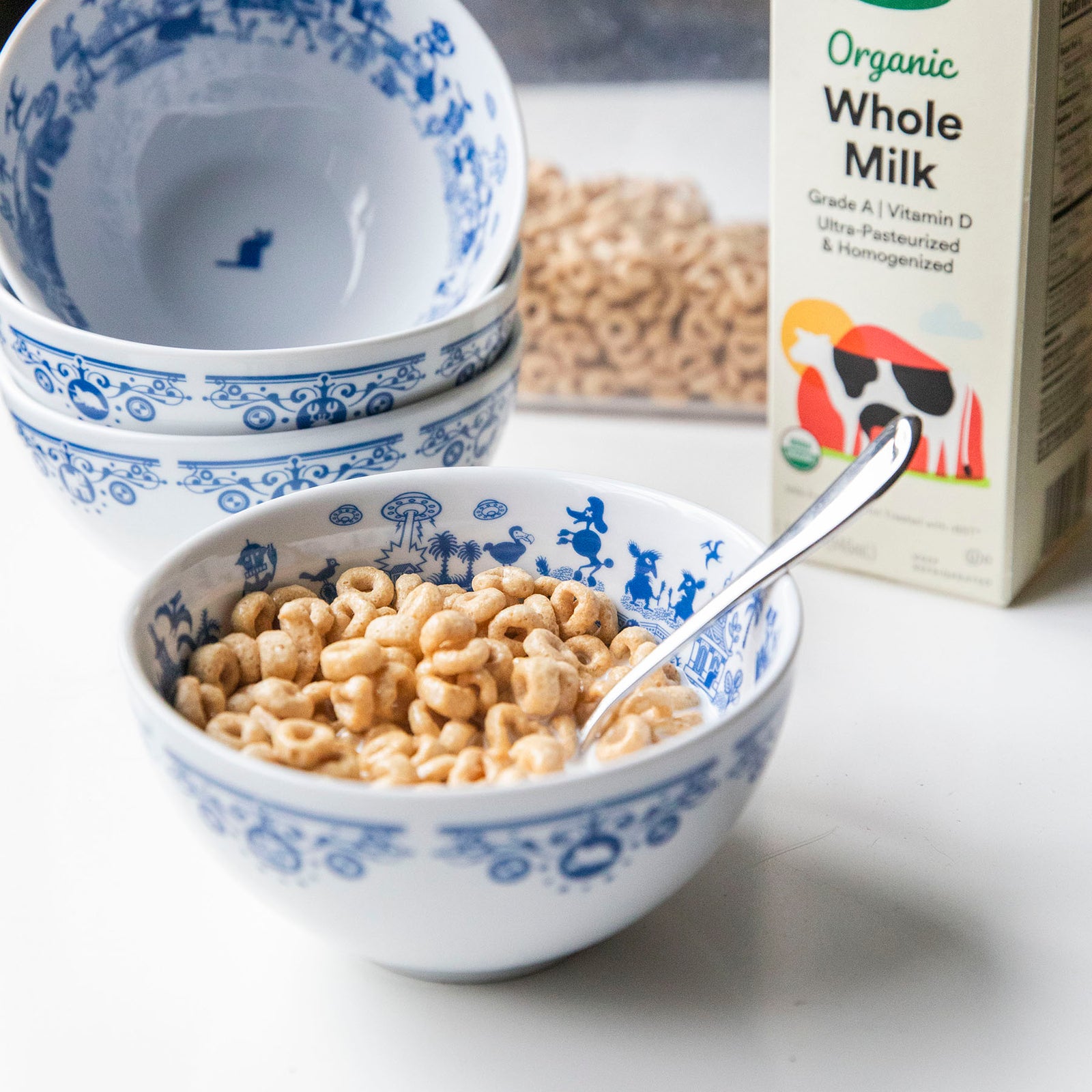
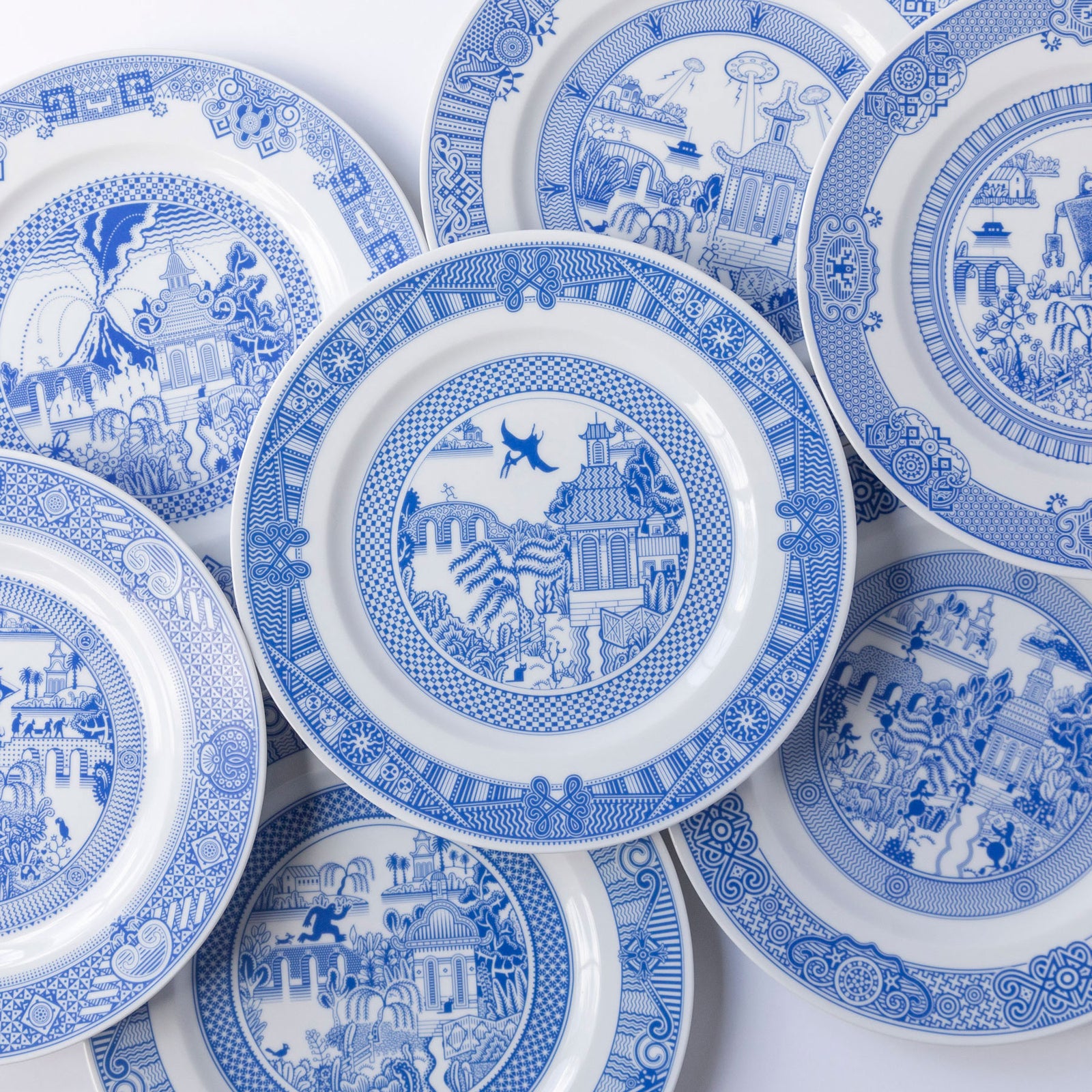
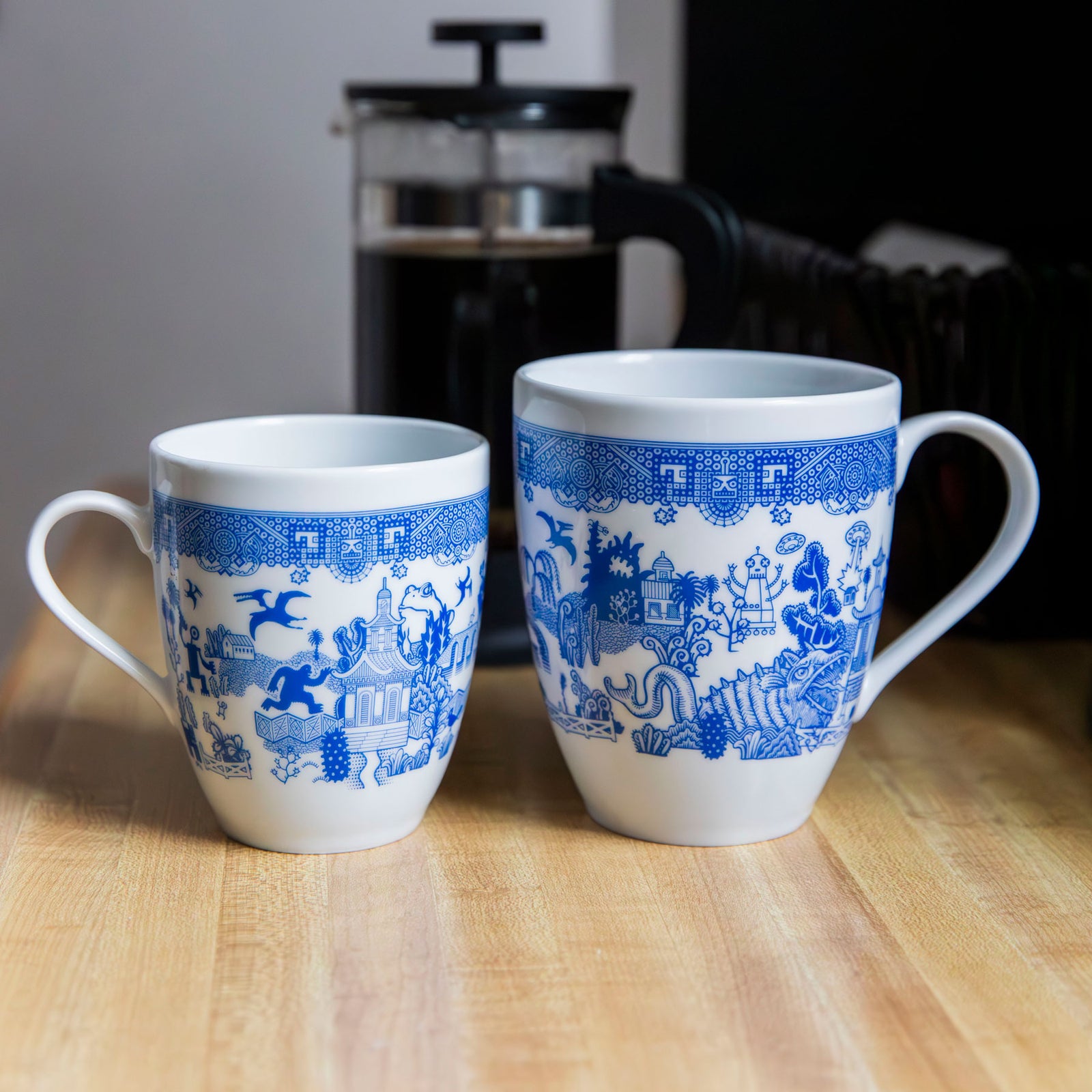
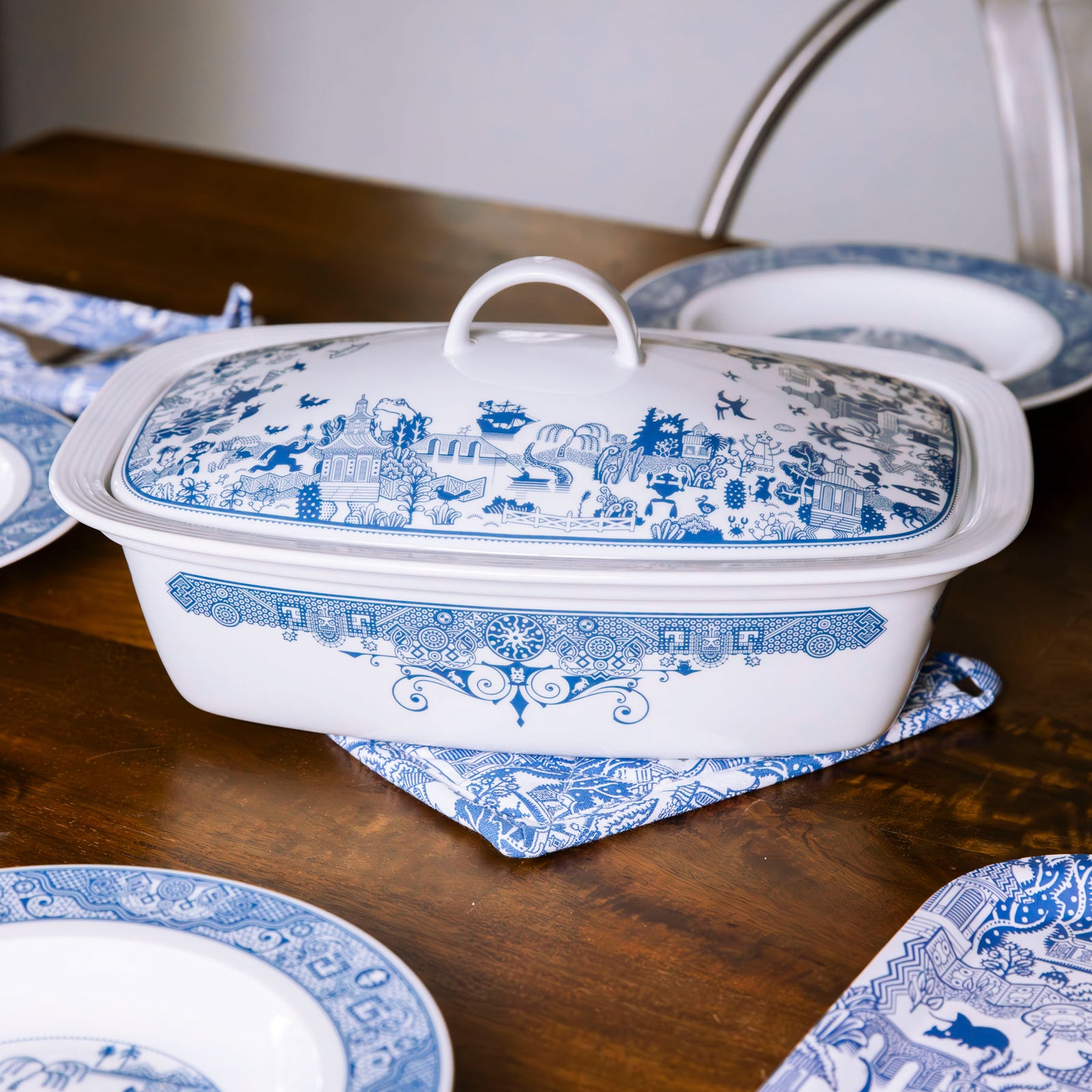
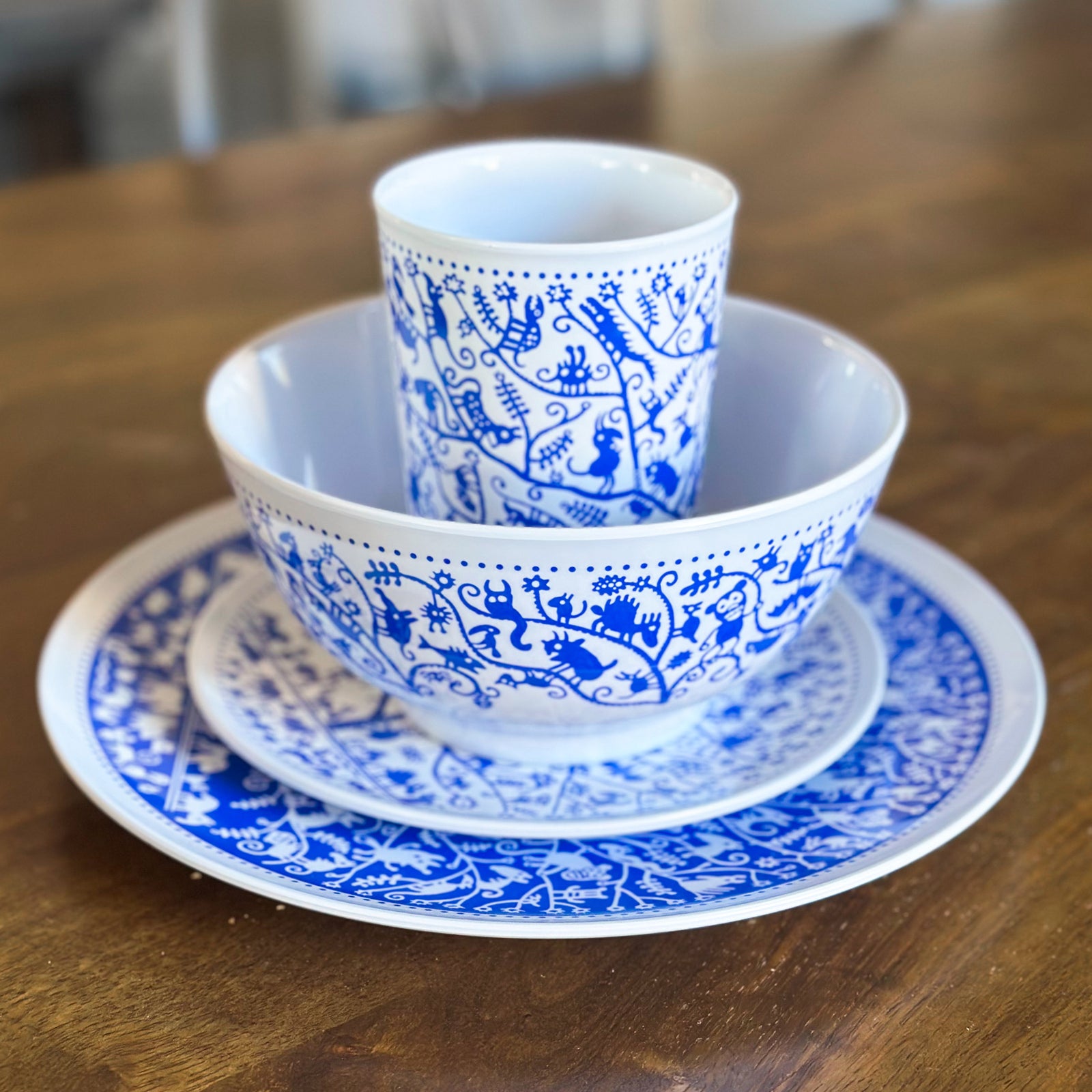
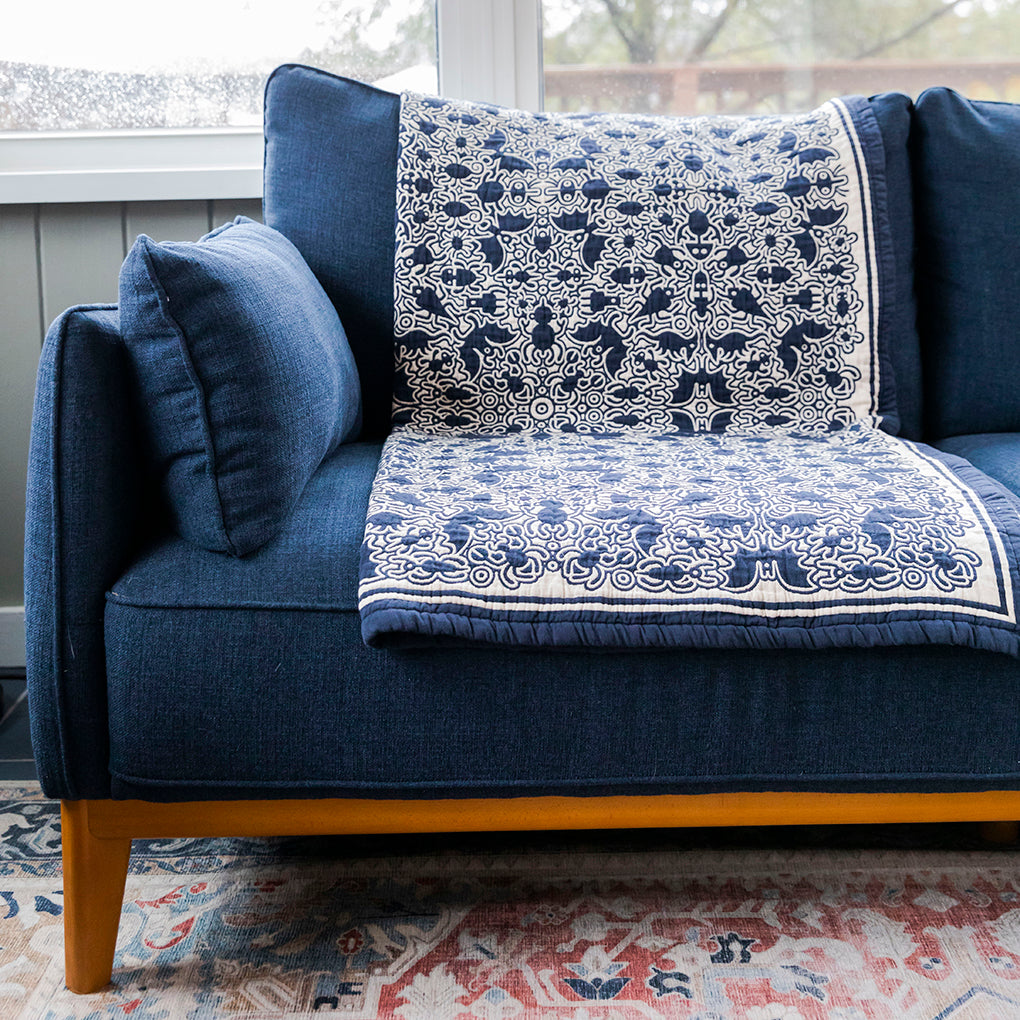

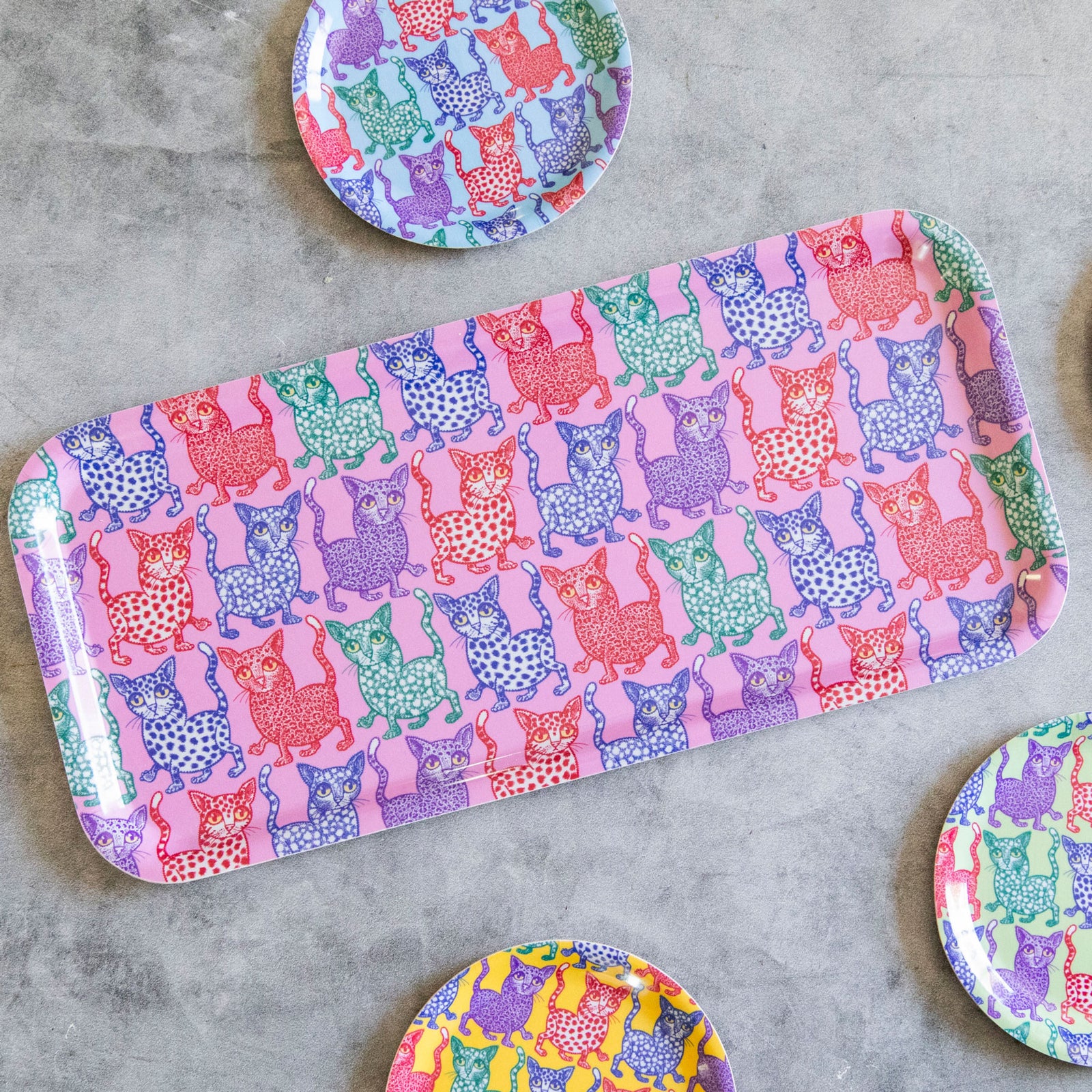
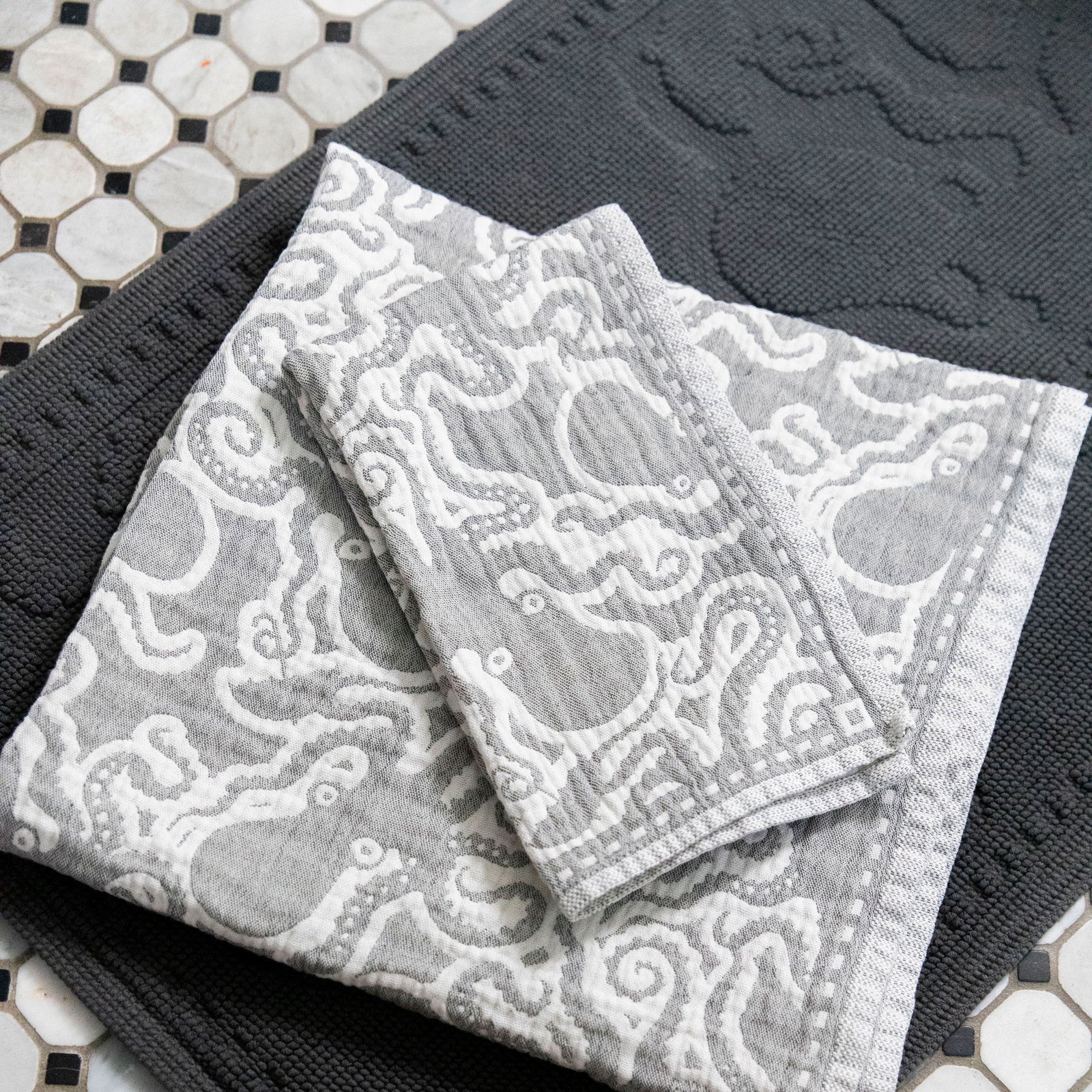
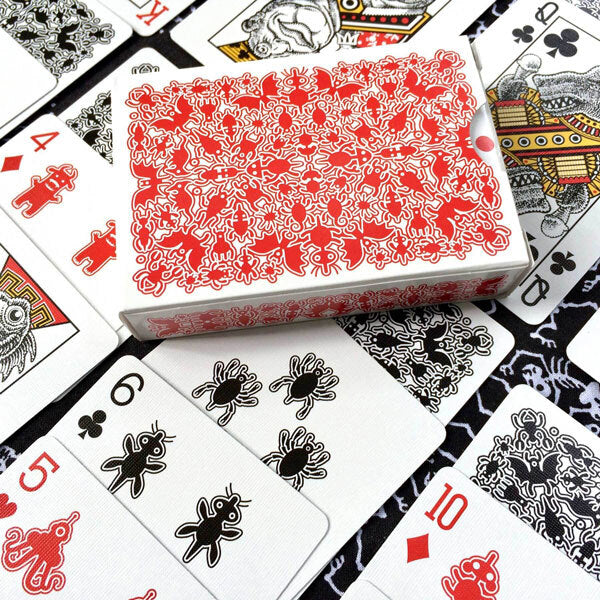
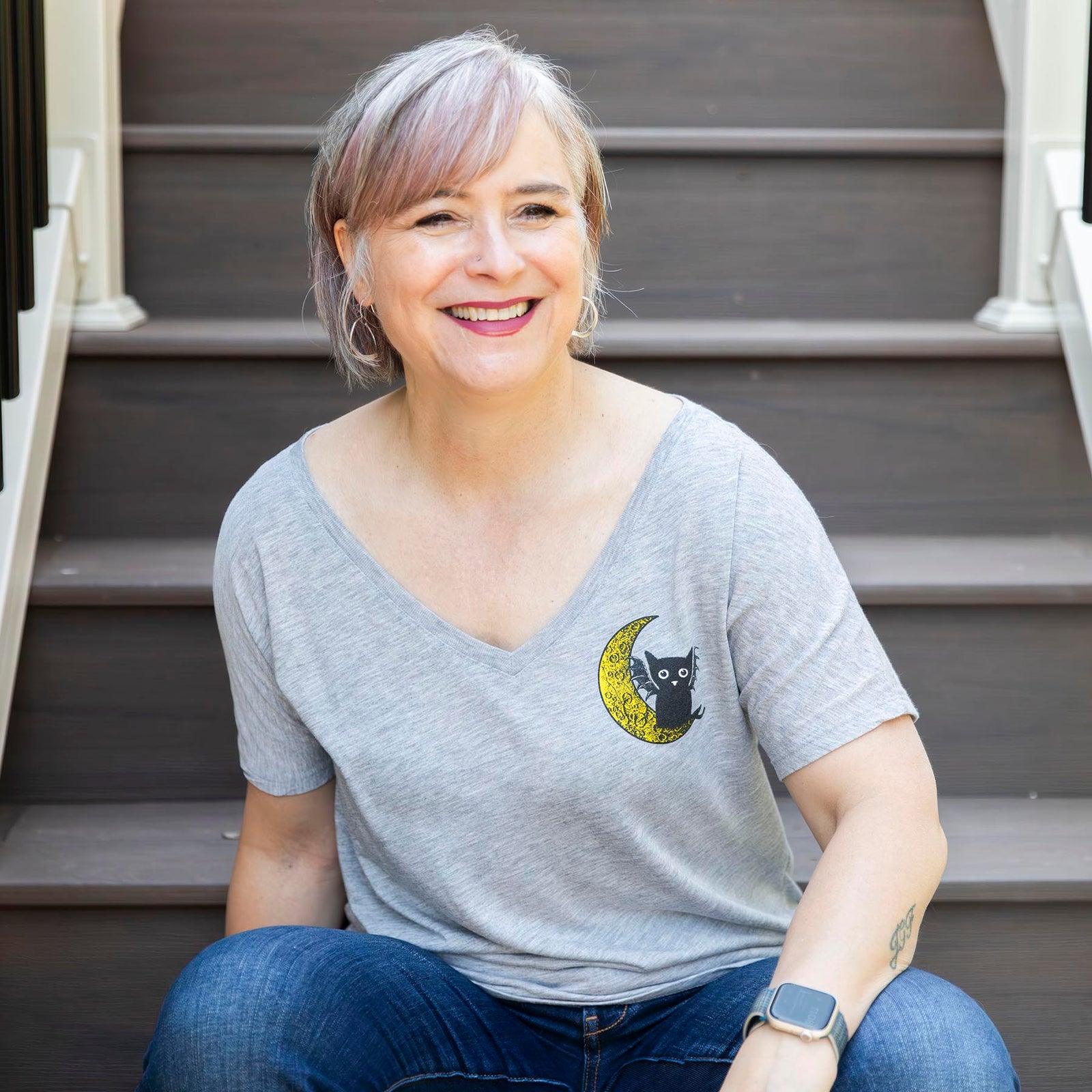


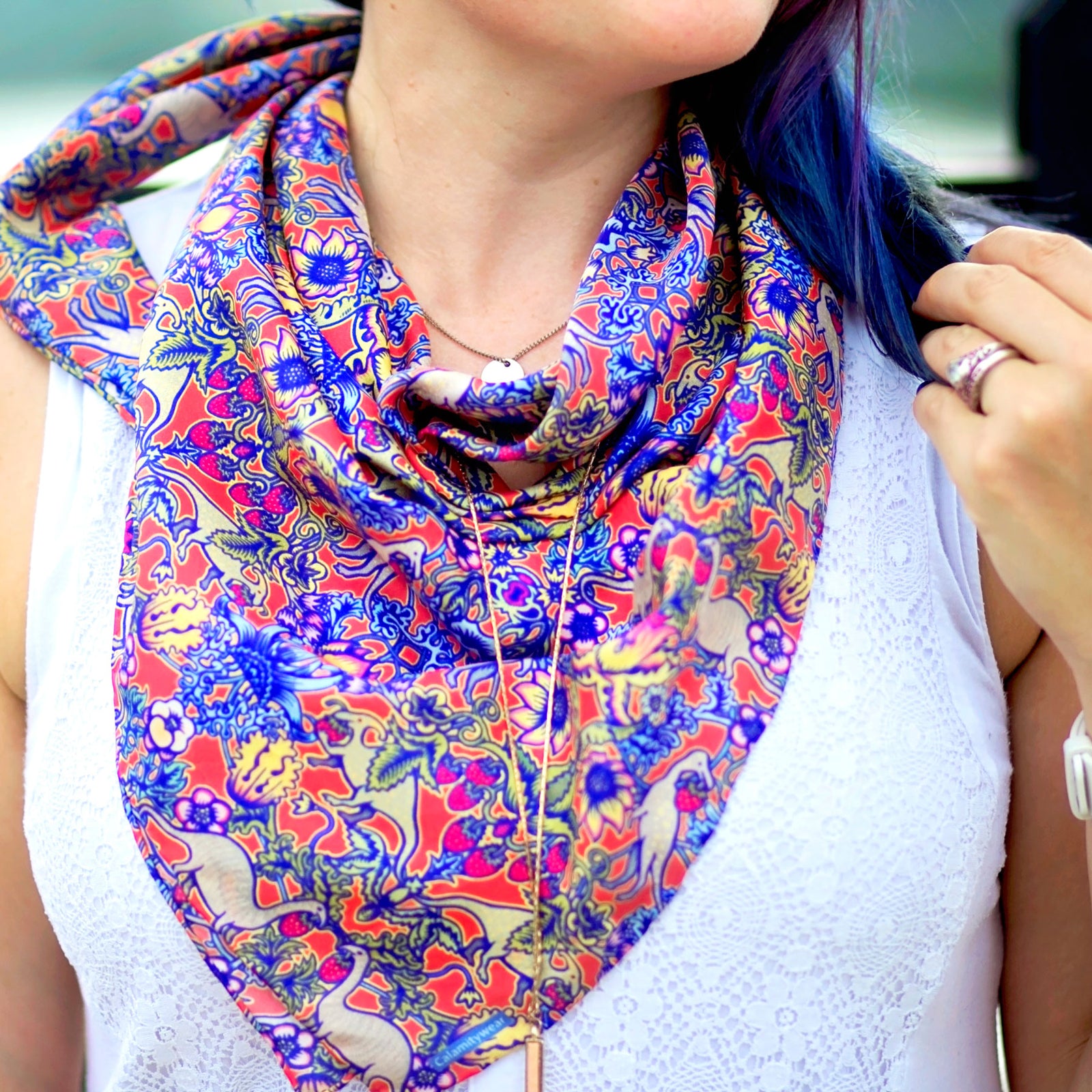
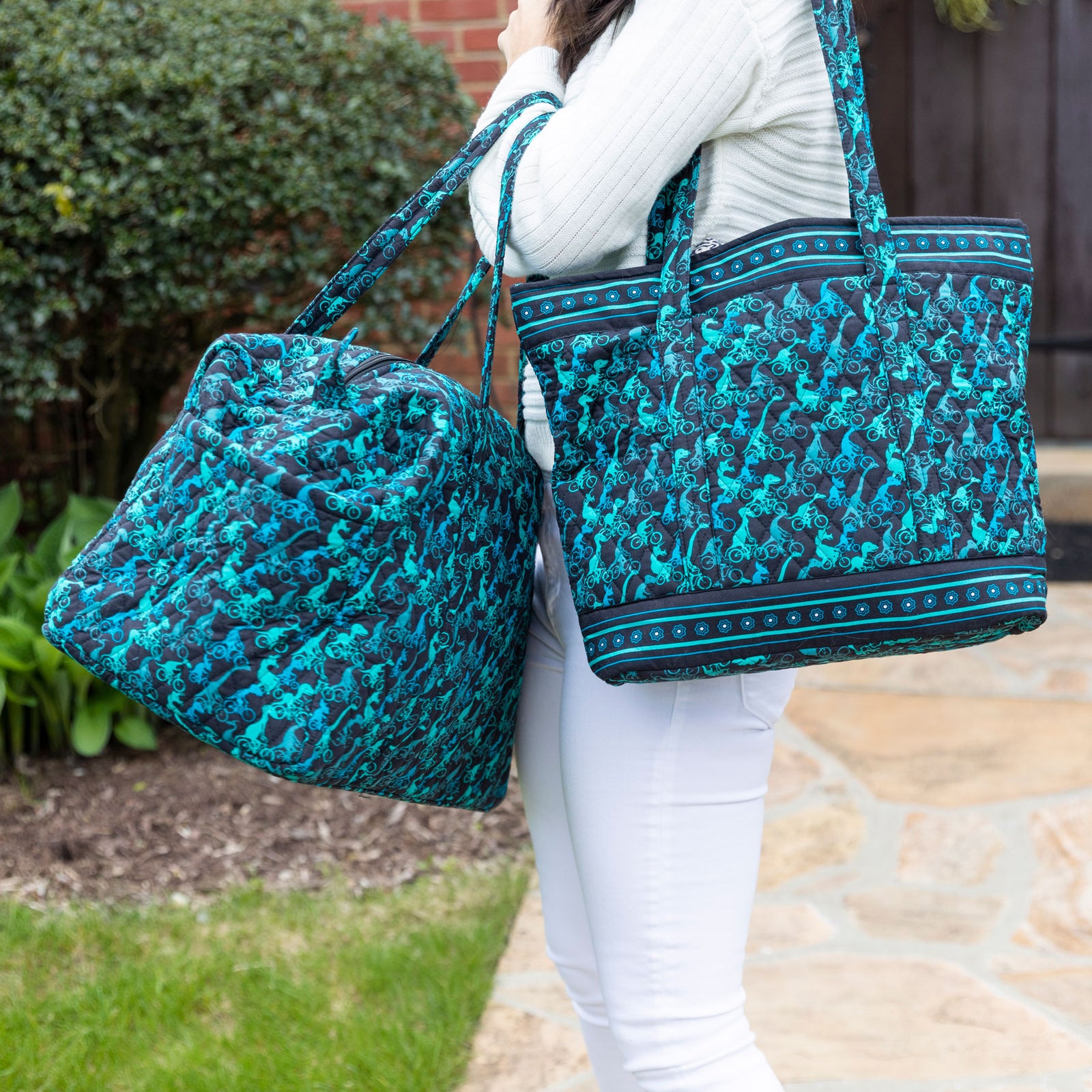
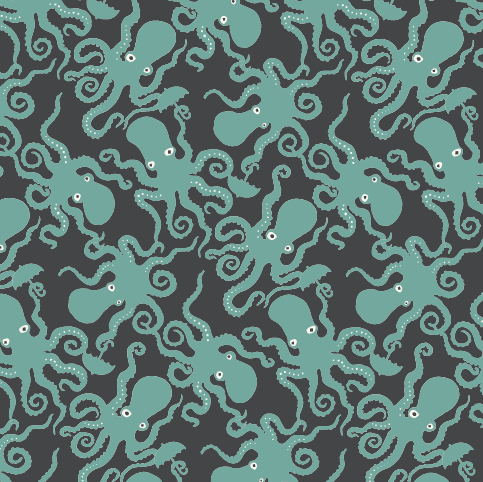
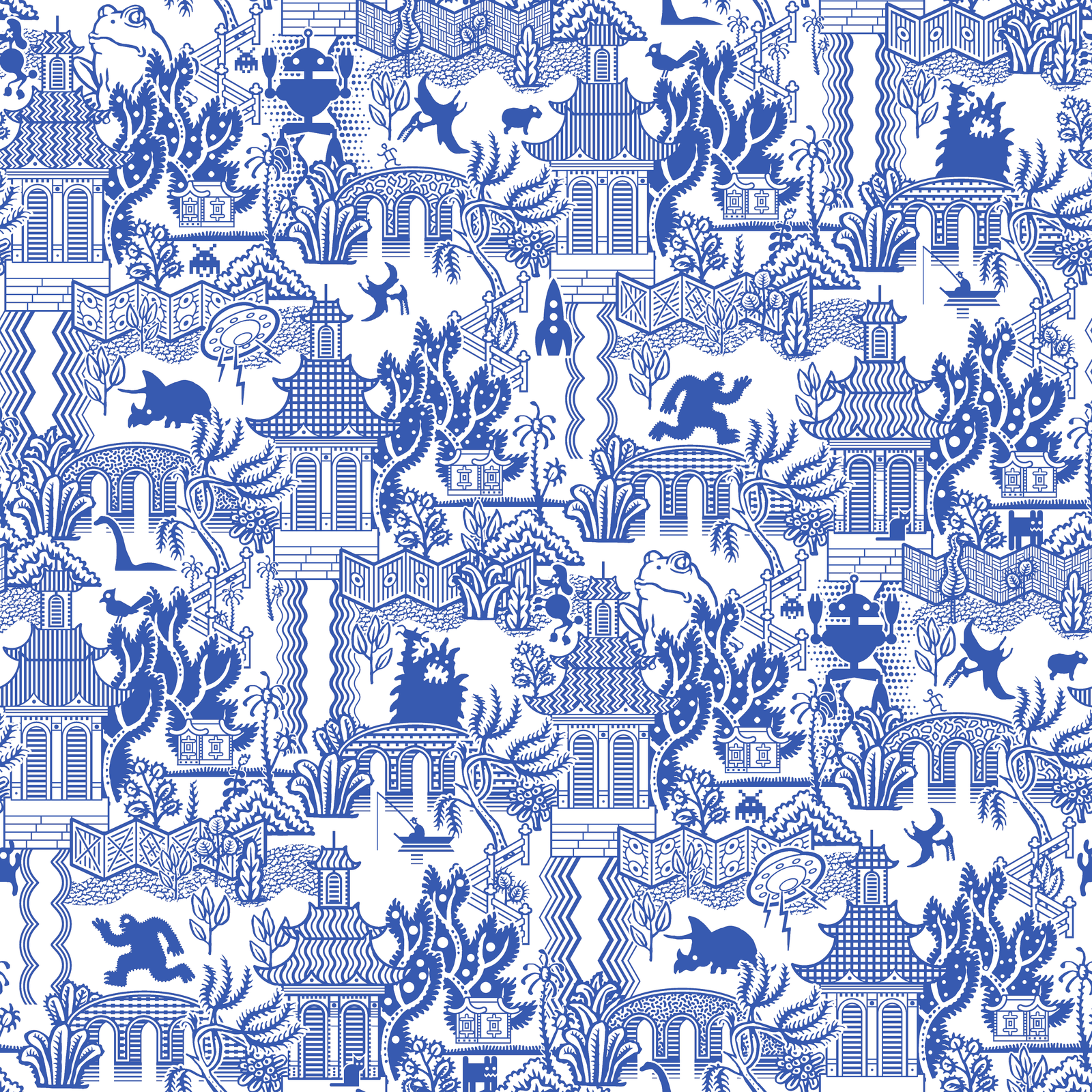
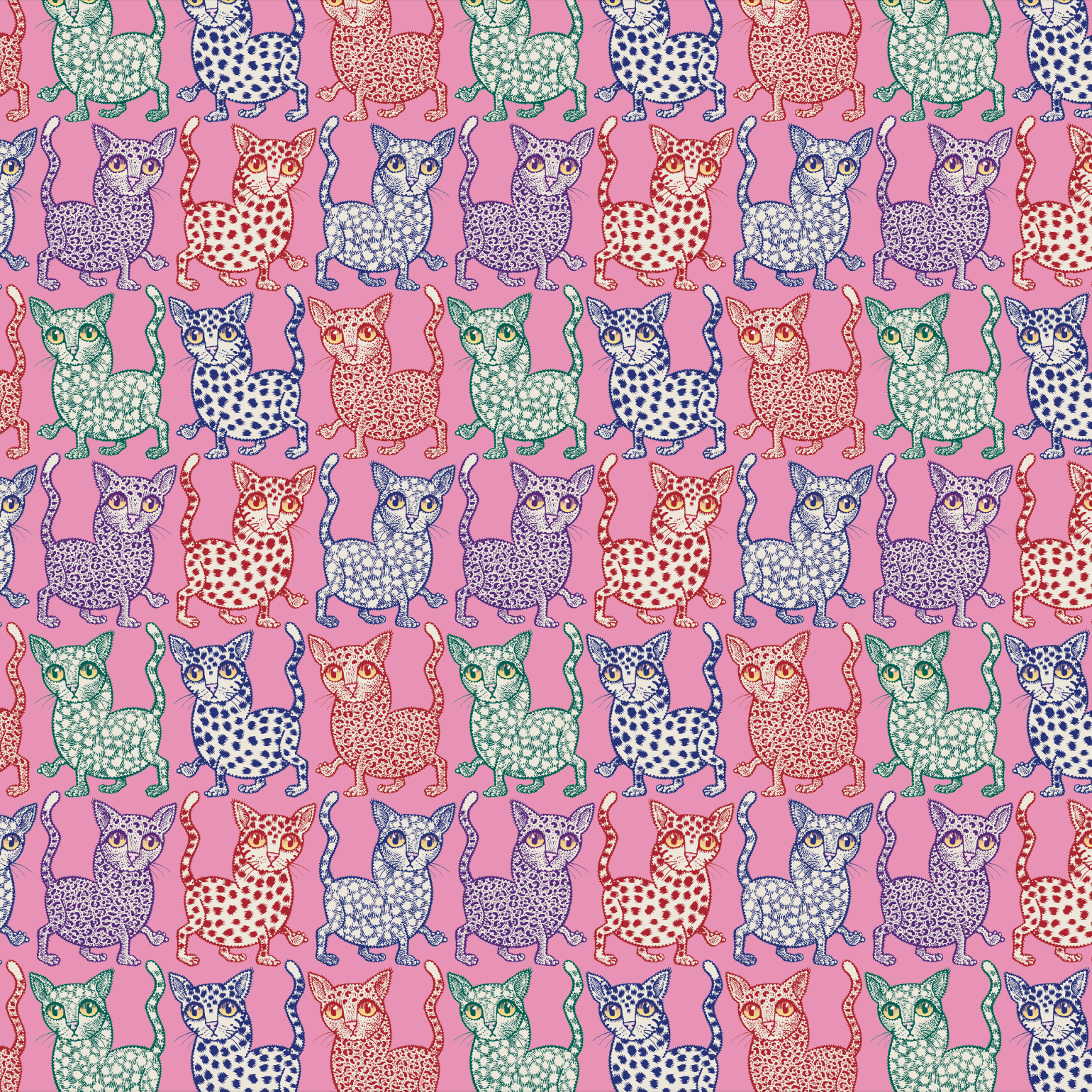

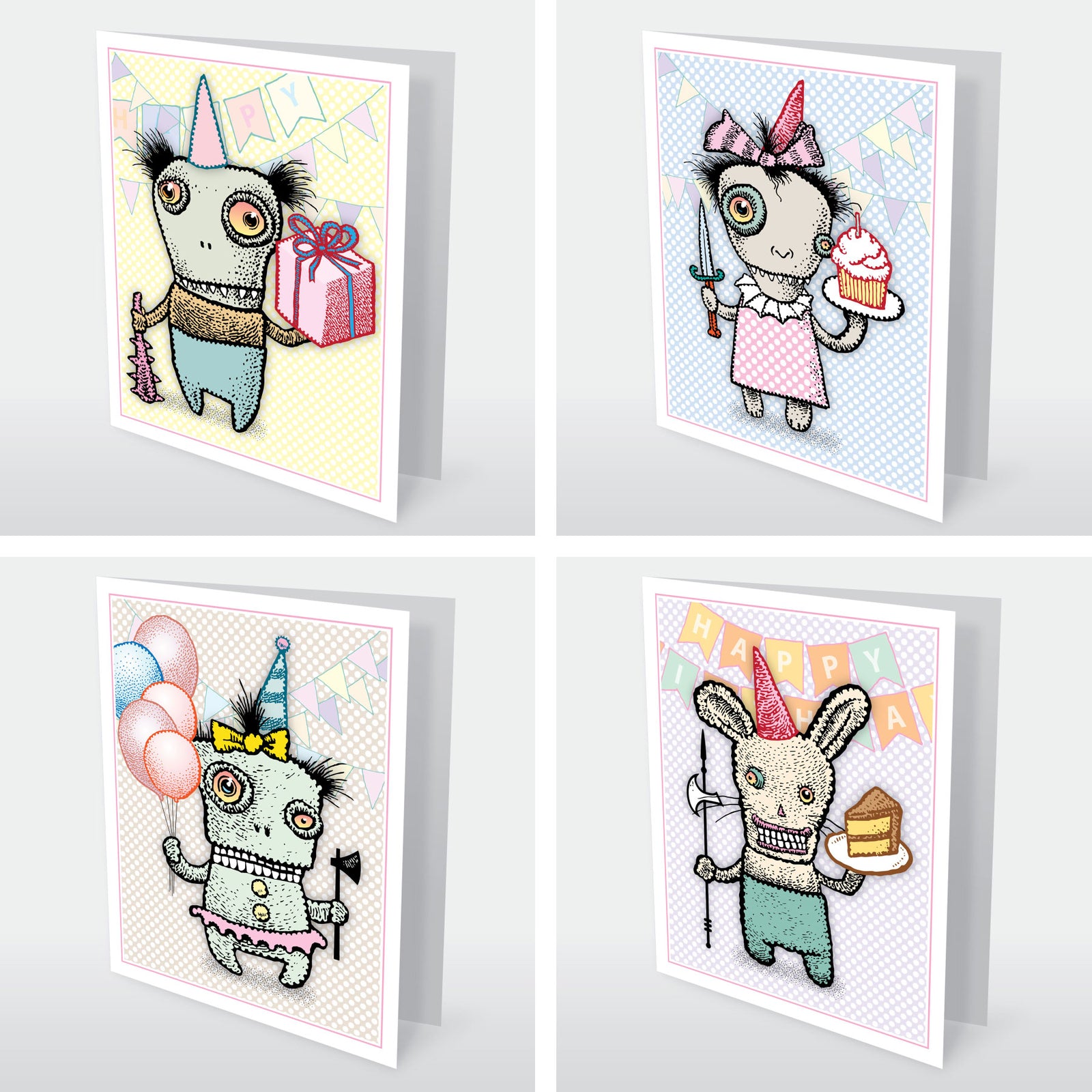
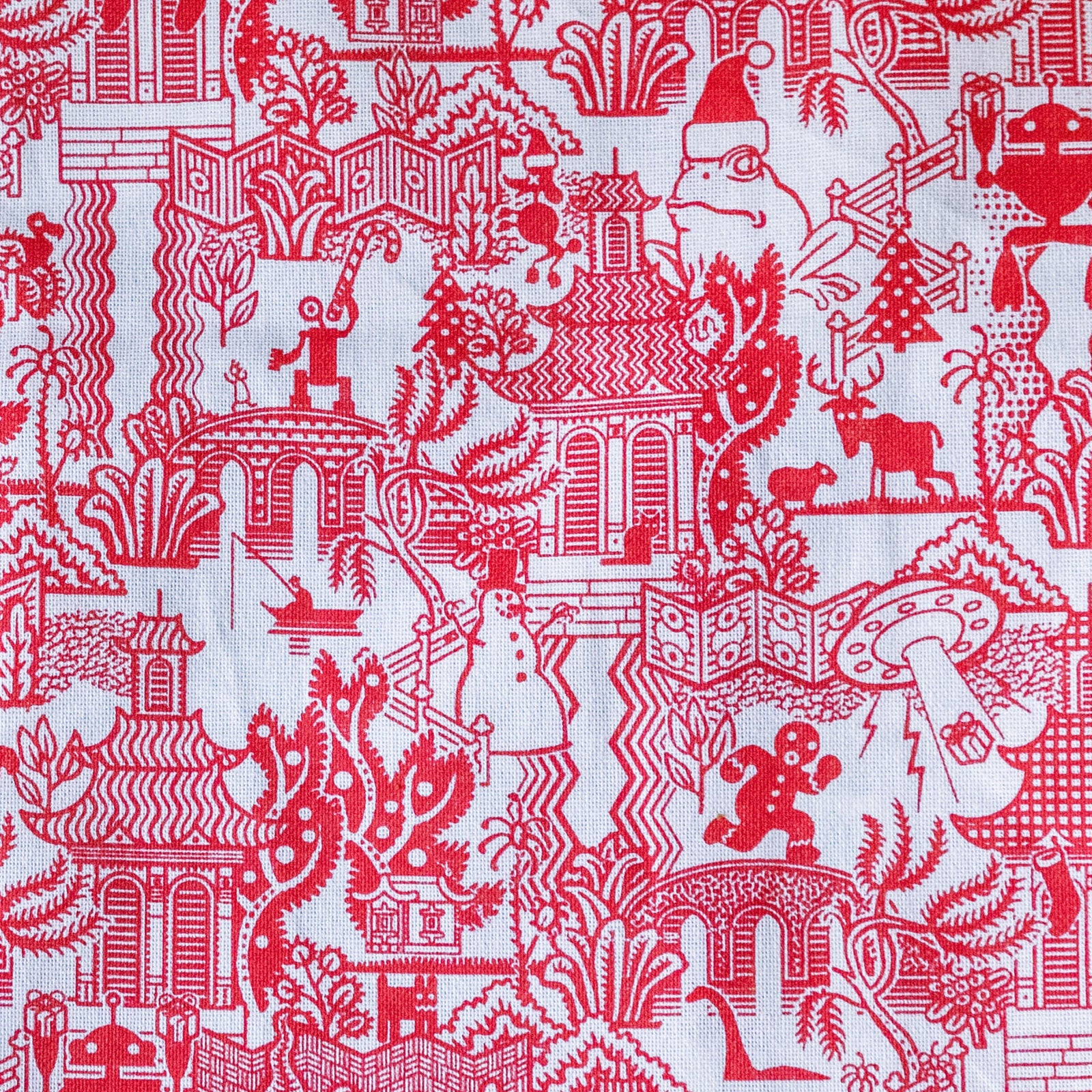
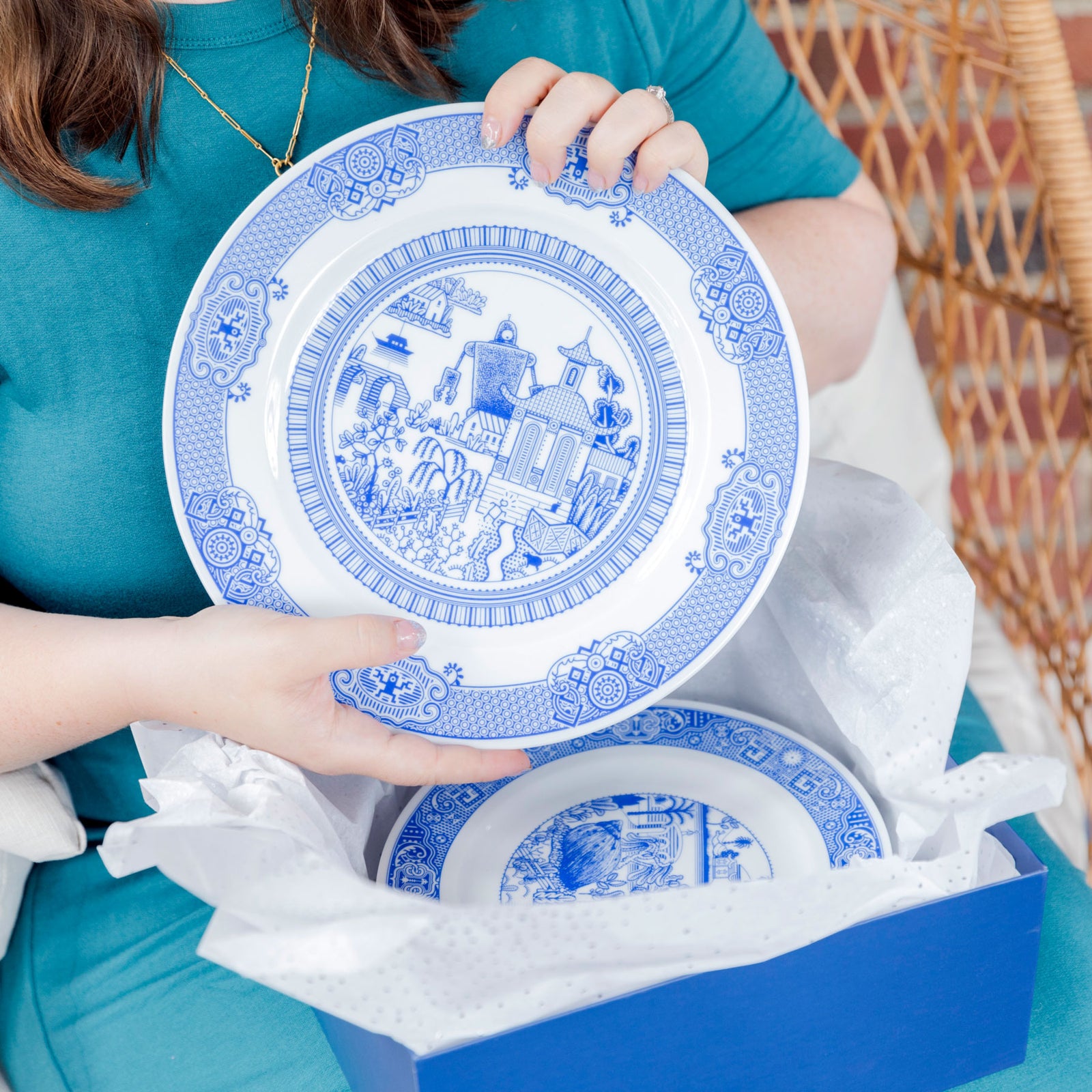
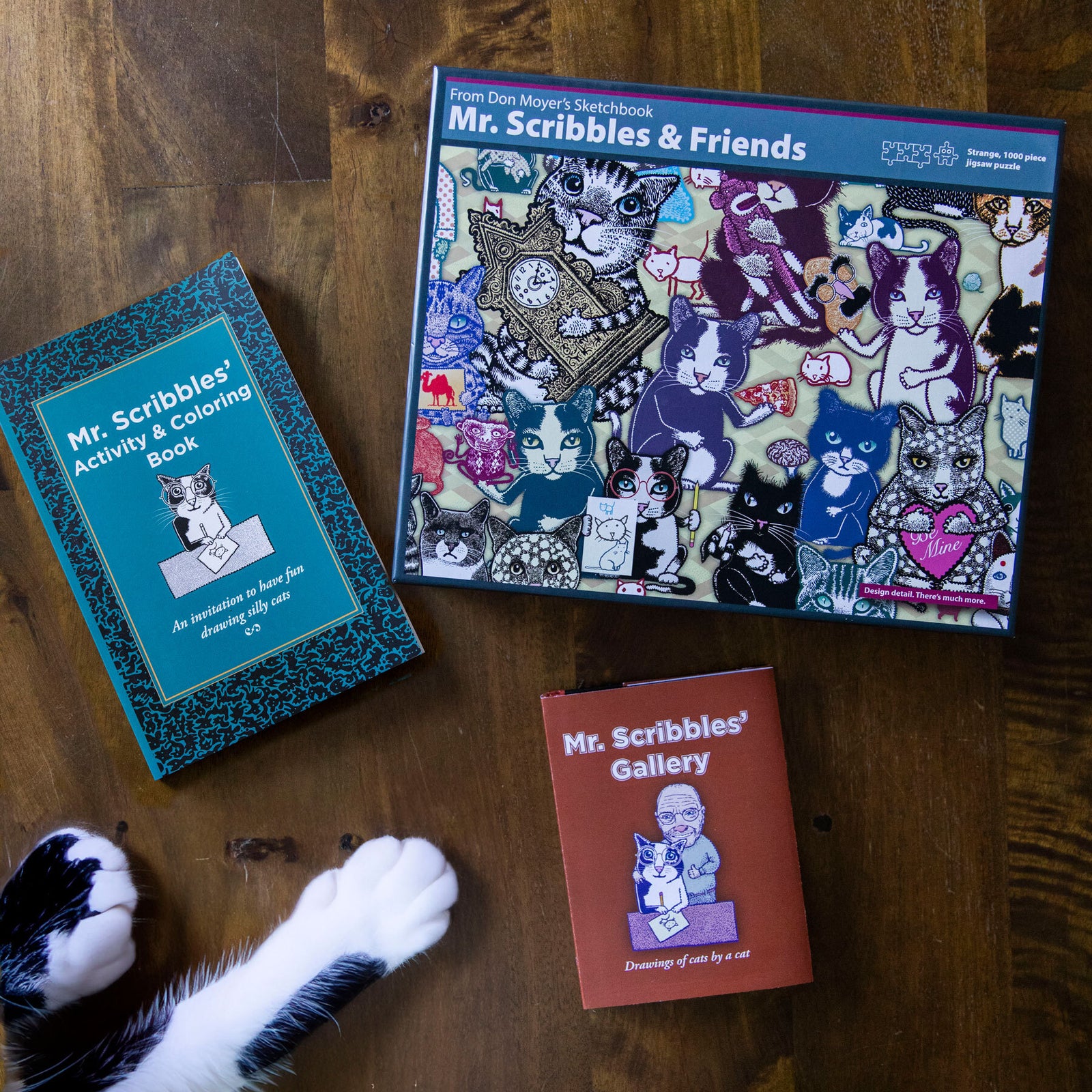
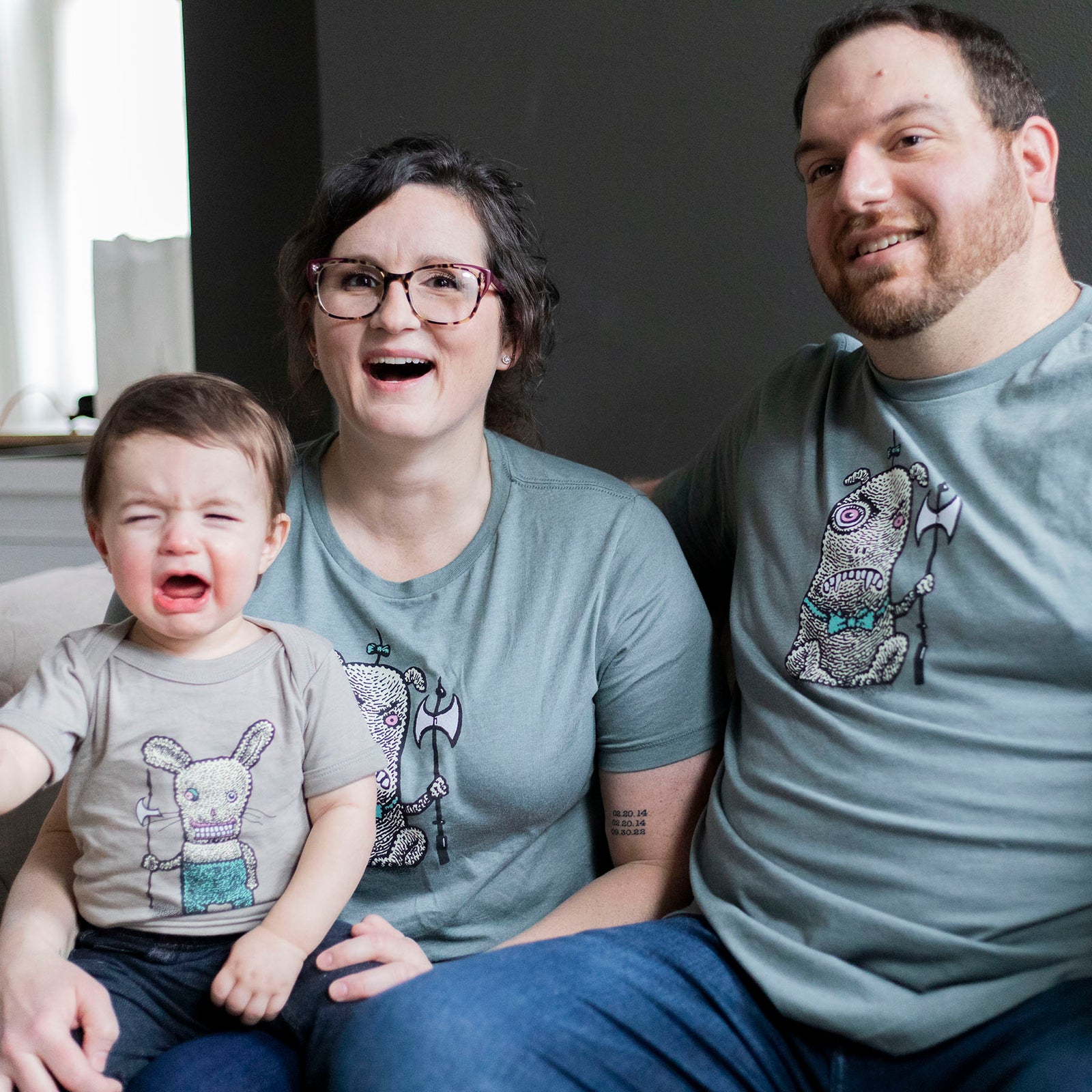
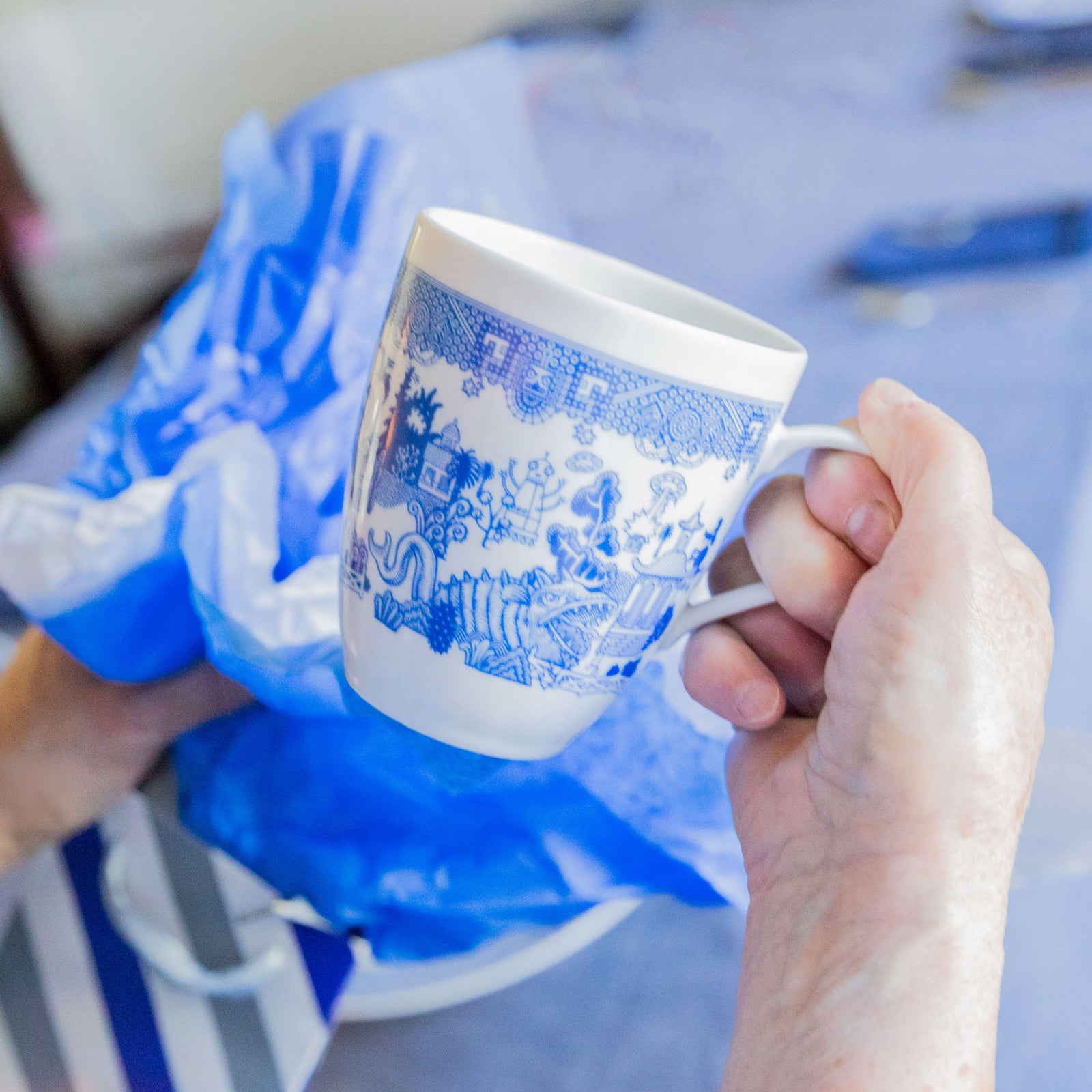
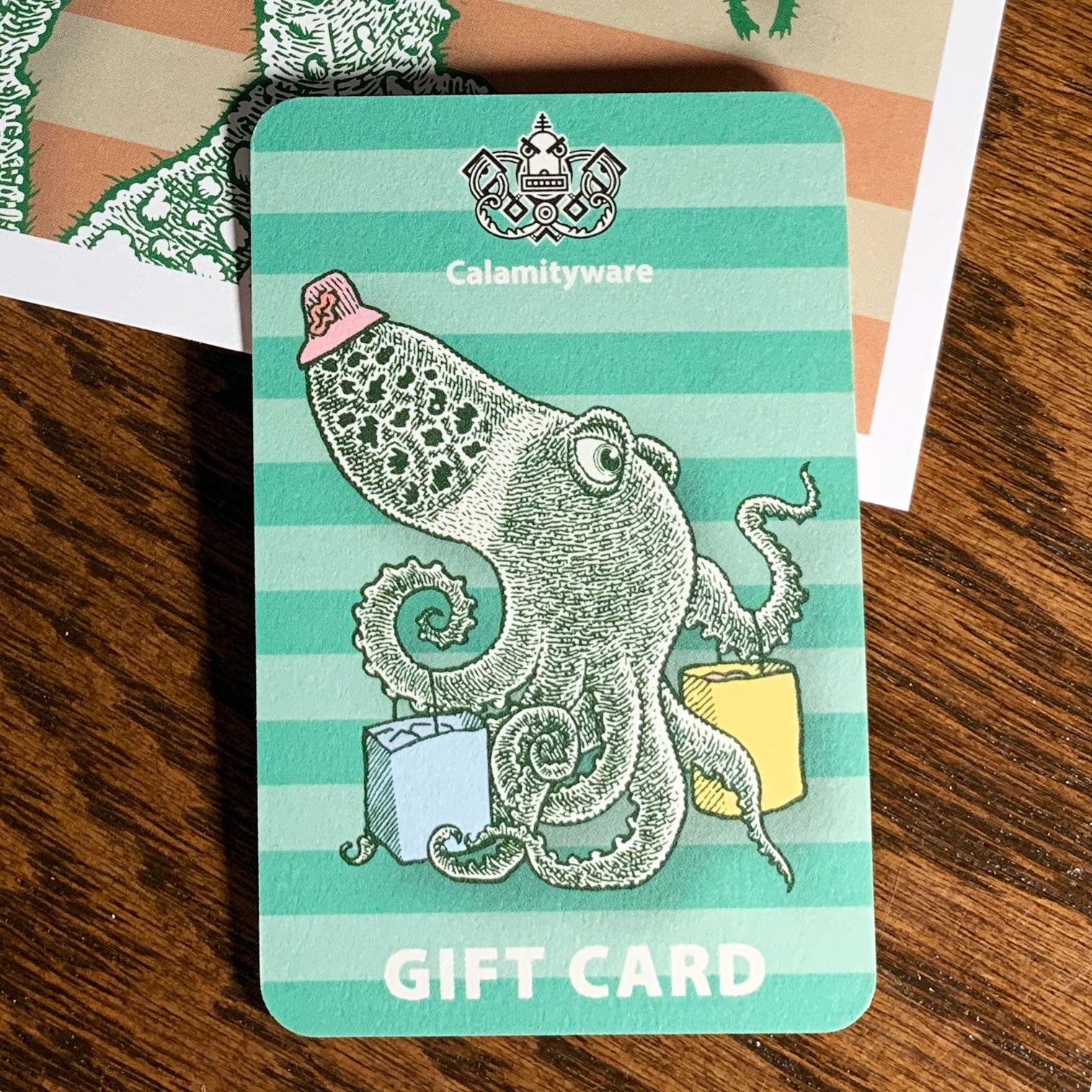
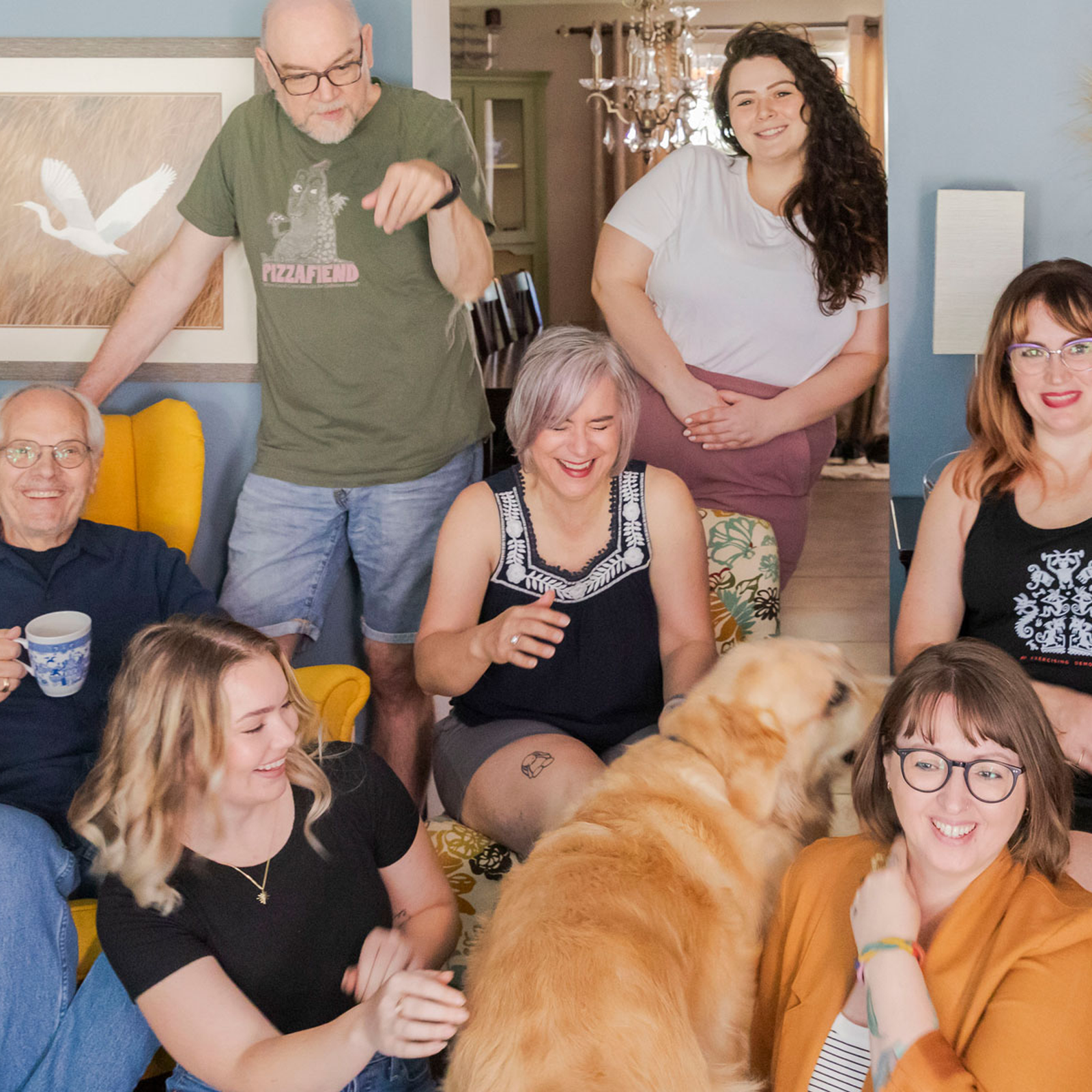
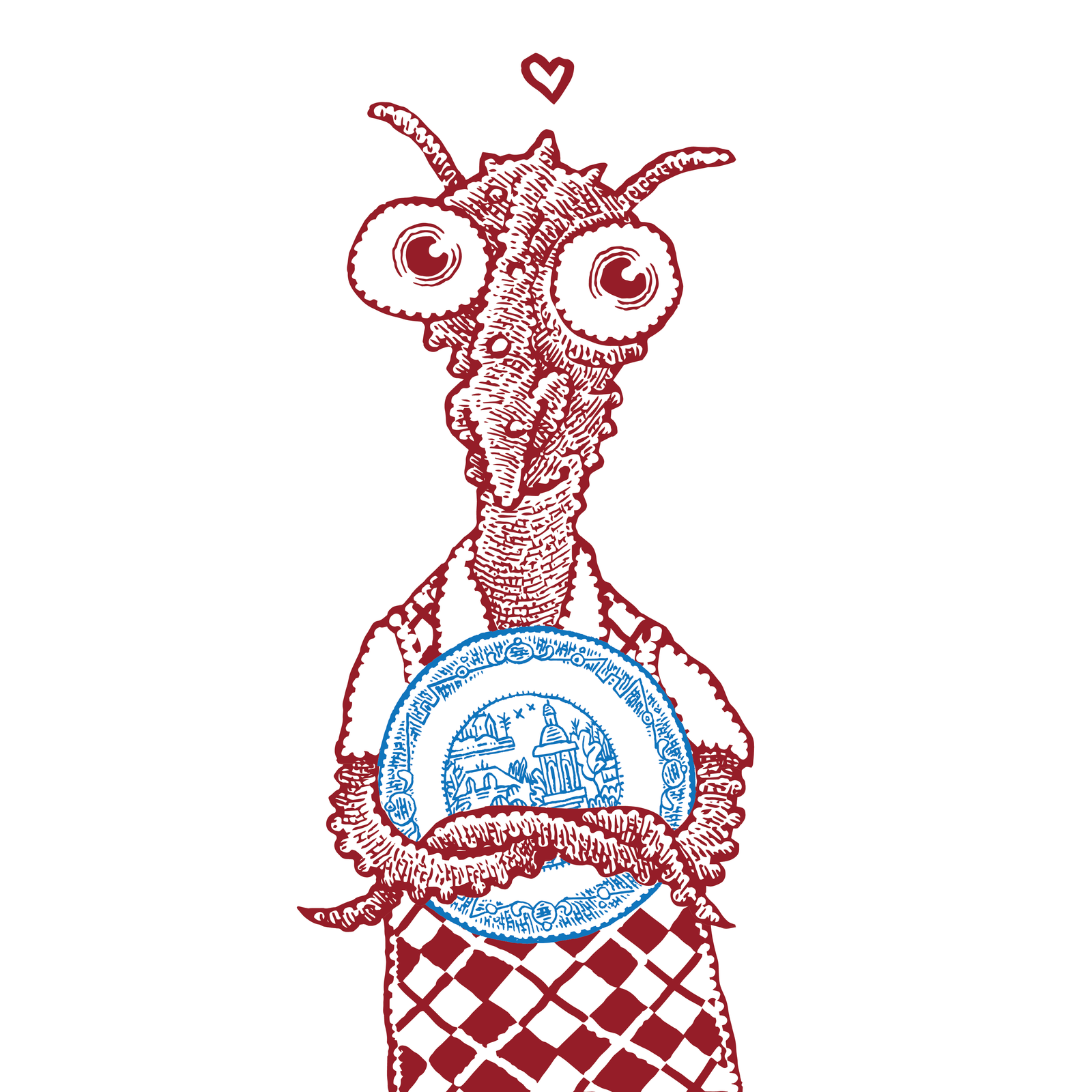
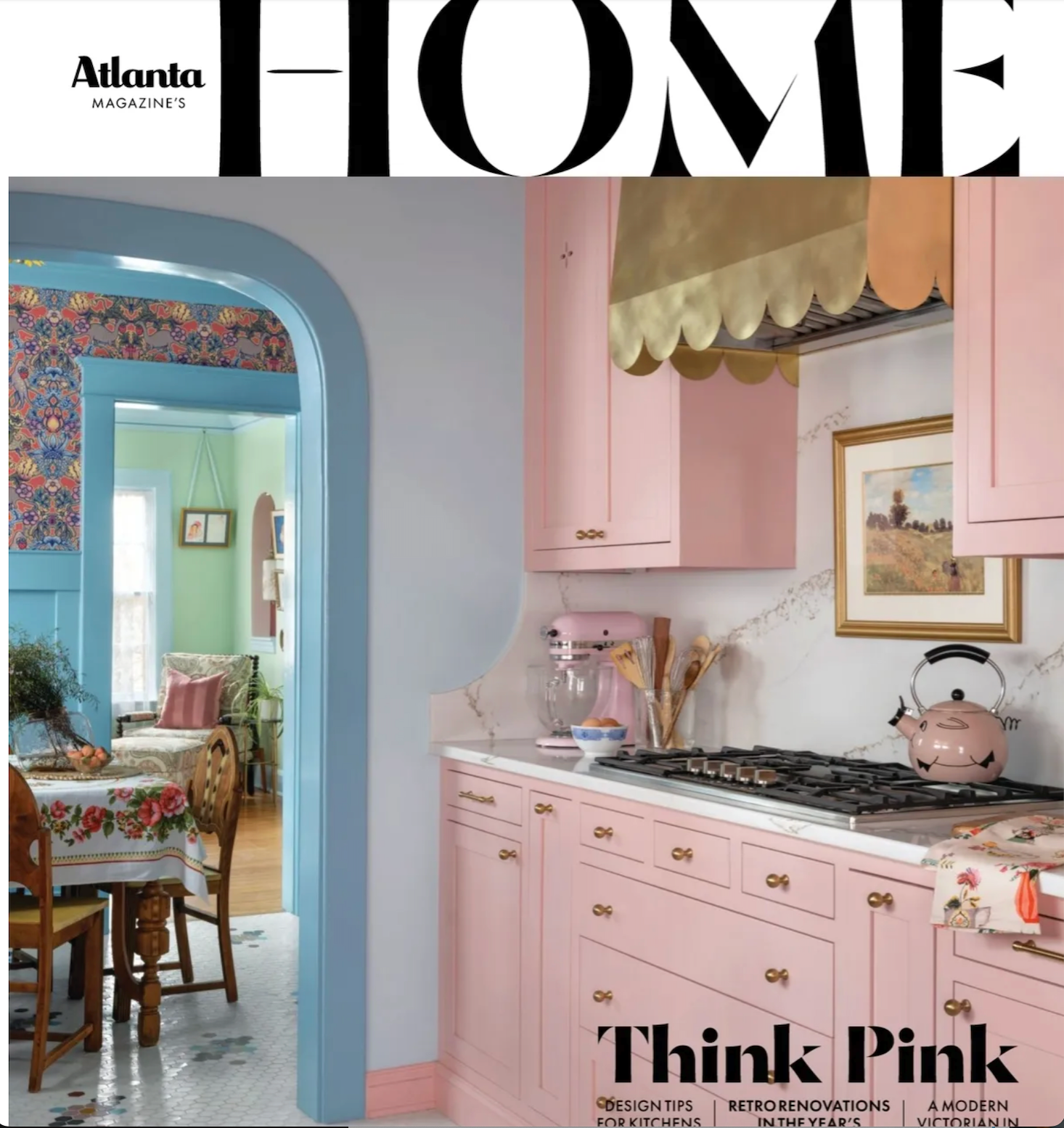
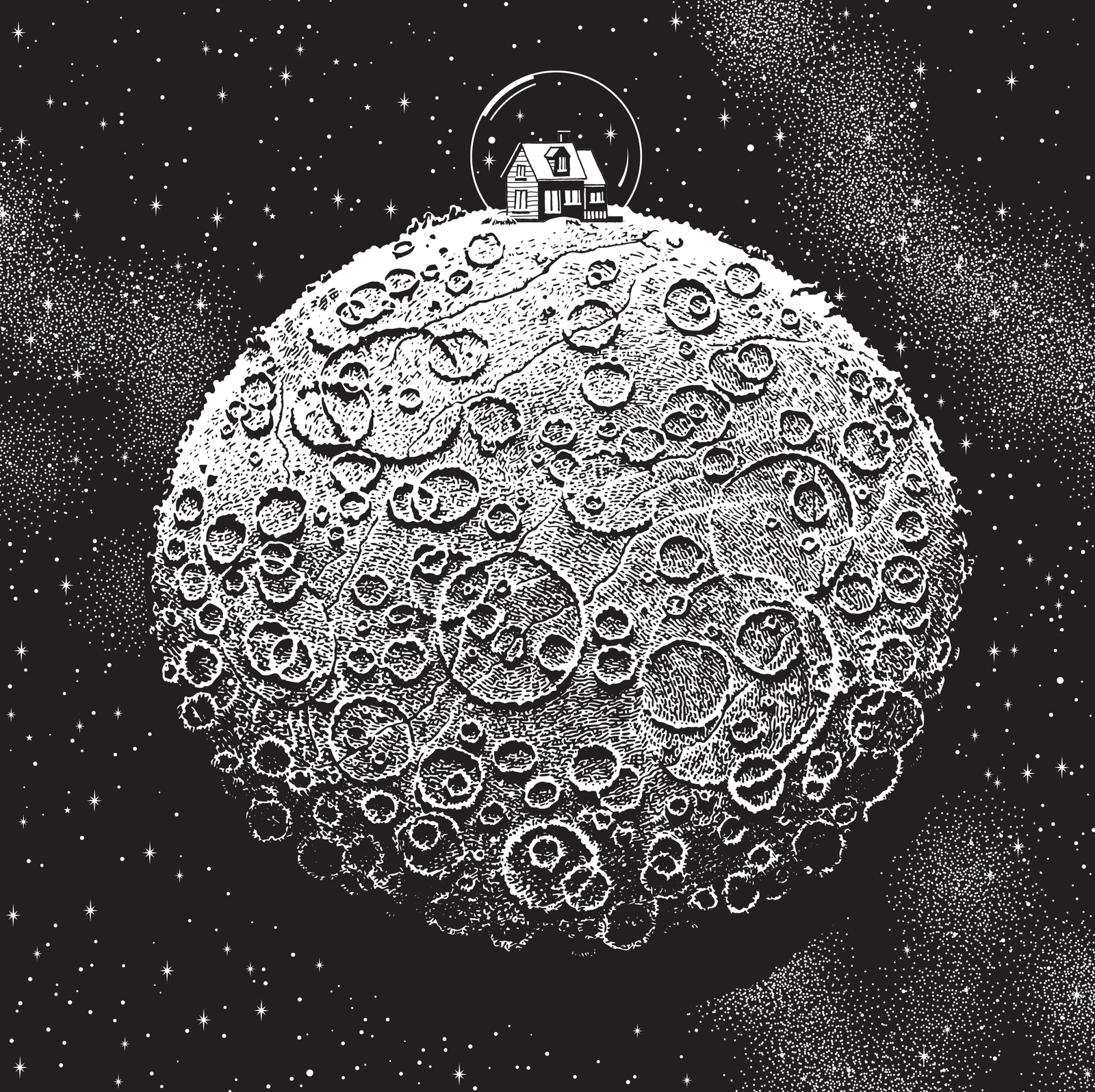
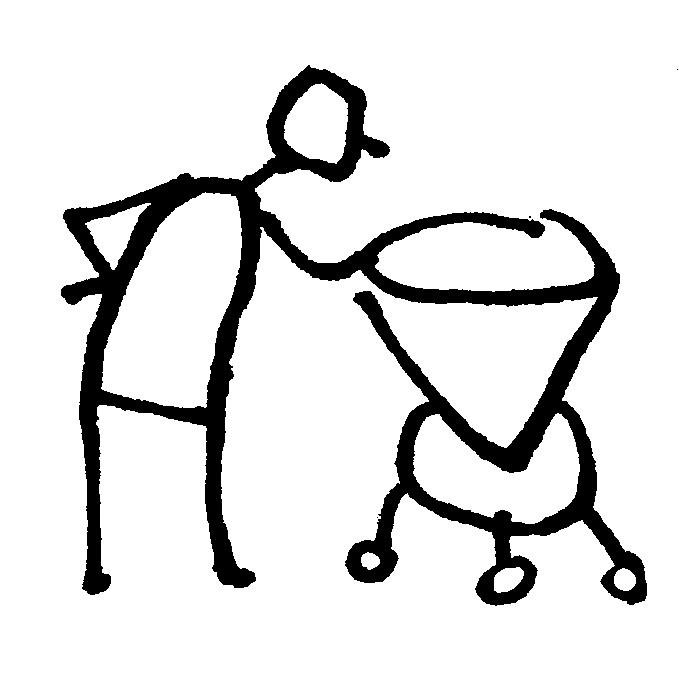
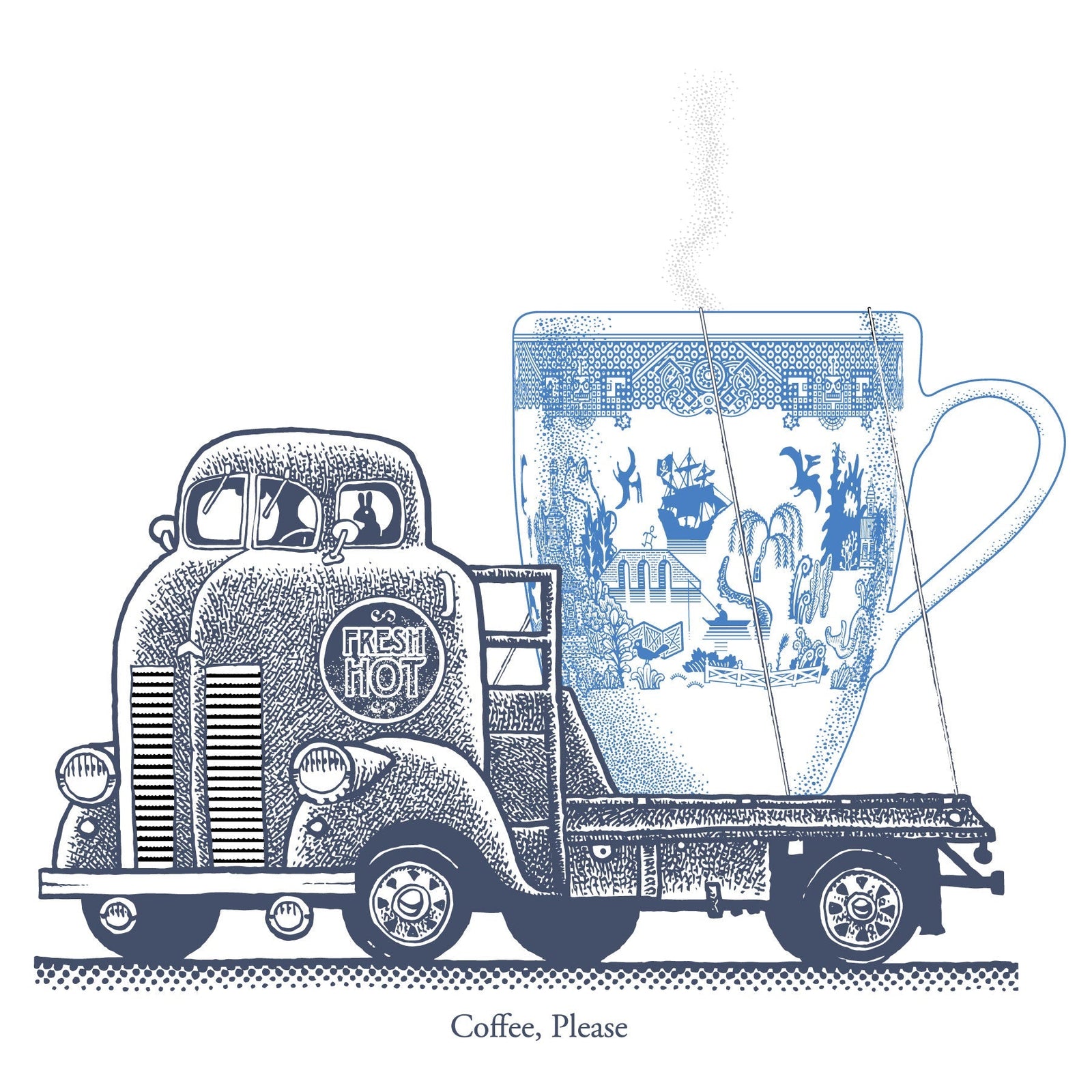

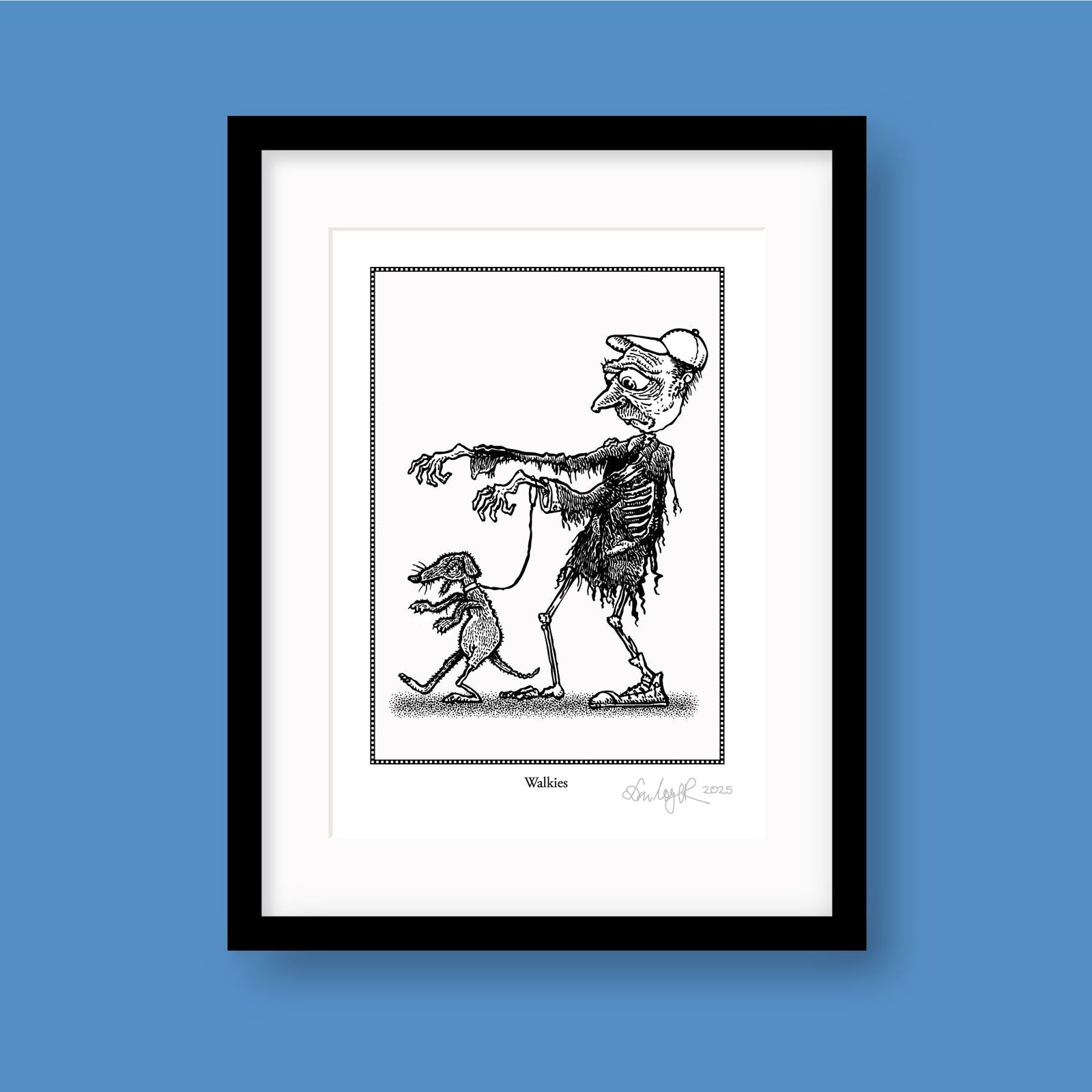
Susan Hausler
August 19, 2016
Applause for the Pundit! Your ‘Thrill of Minutia’ blog is a timely reminder of the thrills and spills of the creative process. I spend at least 12 months hatching a concept for a new series of literary parties, and know only too well the tortuousness of the journey. My 2016 ‘product’ was a series of 7 Willow Pattern Plate literary afternoon teas – replete with relevant explorations of literature; party porcelain both old and new (including two of your playful CalamityWare willow plates, Pirates and Octopus) and blue themed food to match. It was through you that I learned about the joys of supporting a Kickstarter project, and am now eagerly awaiting production of a NovelTea Book Tin entitled ‘The Picture of Earl Grey’,as I plan my project for 2017 – a series of ‘Delicious Fictitious Dishes’ luncheons. I’ve aimed high, to include a Literary Juxebox, so will keep your salutary warnings in mind!!